|
In August of 2017, I was first introduced to Susana Balbo wines. I was so impressed with this winemaker and her expressive wines that I wrote a two-part story. I recently received six more samples of Susana Balbo 2016, 2017 and 2018 vintages. Needless to say, I was ecstatic with the prospect of tasting these wines. Before I get into the nitty-gritty of Susana’s wines, I think it is worth the re-read from my last story that covered the history of this iconic woman! Susana Balbo is the founder and owner of Susana Balbo Wines in Argentina. Susana is not only the most well known Argentinian female winemaker globally, but she is also the first female enologist in Argentina! With over thirty years experience in the wine industry, Susana has built an impressive career and produces some outstanding wines. From an early age, Susana strayed from wanting a traditional “female” education by electing to study nuclear physics in Bariloche. However, her parents would not let her leave Mendoza to pursue this path. So, Susana made a decision to follow the family’s wine business and in 1981, she graduated from Don Bosco University with a degree in enology, becoming the first female enologist in Argentina and challenging the male-dominated wine industry in Mendoza. Susana’s career began at Michel Torino winery in the Salta province where she made her first wine in 1983. It was the first vintage of Torrontés from Salta. She then continued on to work at many other well-regarded wineries and also worked as a consultant winemaker for national and worldwide wineries before “birthing” Susana Balbo Wines in 1999. Her first vintage was released in 2002. Susana Balbo Wines is located in Luján de Cuyo, Mendoza in western Argentina close to the Andes Mountains. Due to the close proximity of the Andes, the vineyards are subject to a hot, dry climate during the day and cool alpine winds in the evenings, thus allowing the grapes to develop and ripen slowly while reaching full tannic ripeness and maintaining their acidity. In addition to Susana’s two children, José, winemaker and Ana, Marketing Manager who joined the team in 2011 and 2012, esteemed winemaker and viticulturist, Edy Del Pópolo is also on board. Susana is renowned throughout the world for her winemaking talents and single vineyard wines. Susana is also a global ambassador for Argentina. In 2014 she was elected to serve a third term as President of Wines of Argentina. This year, Susana was invited to chair October’s W20 summit, an international gathering of women that is a project of the larger G20 group. They met to discuss promoting gender equality in the world’s 20 leading economies. Susana produces four brands of wine that include CRIOS, Susana Balbo Signature, Nosotros and BenMarco. The Susan Balbo Signature wines are individually fermented varietals that are then carefully blended. These wines are a reflection of Susana’s tastes and preferences by enhancing each grape’s character while expressing the terroir. 2018 Susana Balbo Signature Rosé is a blend of 60% Malbec and 40% Pinot Noir. Grapes were hand-harvested from vineyards in the Uco Valley. The color is salmon with beautiful floral, citrus and red berry aromas. The palate offers a fresh and lively acidity with strawberry, red cherry, minerality and hints of sweet melon on the finish. Drink as an aperitif or with fish, fowl, cheese and sushi. Alcohol: 13% SRP: $20 2017 Susana Balbo Signature Brioso White Blend is made with 45% Semillón, 30% Torrontés and 25% Sauvignon Blanc. Needless to say, this is a very seductive and aromatic wine. The grapes were hand-harvested from the high altitude vineyards of Altamira in the Uco Valley. The wine is aged four months in 60% first use French oak and 40% second use. The color is pale lemon with intense aromas of white lilies, citrus, pear and vanilla that segue onto the palate with hints of minerality on the finish. I could drink this wine all year long! Drink as an aperitif or with spicy food, cheese, fish and fowl. Alcohol: 13% SRP: $24 2016 Susana Balbo Signature Brioso is a beautiful blend of 53% Cabernet Sauvignon, 24% Cabernet Franc, 16% Malbec and 7% Petit Verdot. The grapes were hand-harvested from Agrelo in Luján de Cuyo at elevations of over 3,300 feet. The wine was aged for 15 months in 100% new French oak. The color is deep red bordering on purple with intense aromas of black fruit and sweet spice. The palate offers a smooth blend of blackberry, dark plum, spice, pepper, dark cocoa and hints of cedar and floral. This is a luxurious and complex wine that is sure to age well. Pair with hearty meals and aged cheese. On the back label of the Brioso wine, Susana says, “Brioso means “a spirited love of challenge” and expresses my passionate drive to create a wine that reaches the pinnacle of quality.” Alcohol: 13.5% SRP: $45 Edy Del Pópolo is a viticulturist and winemaker for BenMarco Wines. “BenMarco wines allow us to go higher in elevation and work in extreme sites never explored before”. The characteristics of the best soils and grapes of Mendoza are expressed in these wines. Vines are planted in complex alluvial soils and Edy brings the “purest interpretation of the soils to the wine by allowing the vines to speak without any winemaking influence.” The BenMarco wines are unfined and unfiltered. 2016 BenMarco Cabernet Sauvignon is 100% Cabernet Sauvignon. The grapes are hand-harvested from the alluvial soils of Los Árboles vineyards in the Uco Valley. The wine is aged for 11 months in 100% French oak. The color is dark ruby with floral, dark berries and plum aromas. The palate offers black cherry, dark plum, sour cherry, blackberry fennel and pepper. This is a perfect balance of juicy acidity and grippy tannins. Pair with stews, grilled meat, hearty pasta and aged cheese. Alcohol: 13.5% SRP: $20 2016 BenMarco Malbec is 100% Malbec. The grapes are hand-harvested from the Los Chacayes region of the Uco Valley. The wine is aged for 11 months in 100% French oak. The color is deep ruby with aromas of floral, jammy fruit and spice. The palate offers succulent black fruit, dark plum, spice, pepper and hints of vanilla and oak on a long finish. This is a rich and expressive wine with just the right amount of acidity and tannins. Alcohol: 13% SRP: $20 2016 BenMarco Expresivo is 75% Malbec and 25% Cabernet Franc. The grapes are hand-harvested from the Gualtallary region of Uco Valley. The wine is aged for 14 months in 100% new French oak. The color is dark ruby with lush aromas of blackberry, black cherry, floral and hints of minerality. The palate is layered with spicy dark berries, dark plum, cranberry, earth, chalk, pepper and hints of vanilla and clove on a long finish. This wine has elegance and is beautifully balanced. It will be interesting to taste this again in a few years. Pair with grilled meats, fowl, spicy stews and hearty pasta. Alcohol: 13.5% SRP: $35 With state of the art technology and a nonstop commitment to seeking innovative ways to enhance her winemaking, Susana Balbo continues to produce elegant wines that are expressive of the terroir. I will end this story with one last quote. “The creation of my wines at Susana Balbo Wines is to me the maximum achievement as a winemaker, product of all my efforts and many years of hard work. I could say that the winery is like my third child, a dream come true.” Susana. Until next time…
Cheers! Penina To leave a comment or if you have an inquiry, please contact me at [email protected] It was a perfect summer evening. And it seemed like a good time to open a bottle of Domaine Bousquet Rosé to usher in the weekend. Domaine Bousquet is located high up in the Gualtallary Valley of Tupungato, Argentina. The wines are quite noteworthy, incorporating French and Argentine techniques in the wine production. I have written several stories about Domaine Bousquet. If you have the time, click on the links below to read more about the history of the estate, climate, terroir and the dynamic Anne Bousquet and her husband Labid al Ameri. Day 622 Bonjour Argentina! - The WineKnitter http://thewineknitter.com/1/post/2018/01/day-622-bonjour-argentina.html Day 626 Bonjour Argentina! Part Two - The WineKnitter http://thewineknitter.com/1/post/2018/02/day-626-bonjour-argentina-part-two.html Domaine Bousquet Rosé 2018 is a blend of 45% Malbec, 45% Cabernet Sauvignon, 5% Sauvignon Blanc and 5% Pinot Gris organic grapes. The color is pink salmon with subtle aromas of strawberry, raspberry and a hint of citrus. The palate offers red berries, Bing cherries and a trace of lemon. This is a dry, crisp wine with medium acidity that is fresh and light. Alcohol: 13% SRP: $13 This is an easy wine to drink with salads, pasta dishes, fish and cheese. It paired beautifully with the pungent flavor of the Manchego cheese. I think this going to be a white and Rosé wine kind of weekend!
Stay tuned for my next story on my travels to Veneto! Until next time… Cheers! Penina To leave a comment or if you have an inquiry, please contact me at [email protected] Around this time last year, I reviewed two 2016 vintage wines from South America. Remembering how impressed I was with the price to value ratio of these wines, I couldn’t pass up the opportunity to taste the 2017 vintages. Reserva Casillero del Diablo Rosé 2017 is produced by winemaker Marcelo Papa. The grapes come from Chile’s Central Valley and are grown in riverbench and benchland associated soils. The wine is a blend of 60% Syrah, 30% Cinsault and 10% Carmenere. The color of the wine is light pink-salmon with aromas of juicy berries, citrus, floral and spice. The palate is layered with red berries and a touch of spice that lingers on the finish. This is a crisp rosé with just the right balance of dryness. I love the design of the bottle as well as the wine inside it! Alcohol: 13% SRP: $12 Trivento White Orchid Reserve 2017 is produced by winemaker Maximiliano Ortíz The grapes are harvested from the Uco Valley, Mendoza where the vines grow in alluvial soil. The wine is a blend of 85% Torrontés and 15% Pinot Gris. The color is pale yellow with intoxicating floral aromas mingled with tropical fruit, pineapple and honeysuckle. A burst of floral floods the palate followed by tropical fruit, apricots, honeydew and hints of citrus. Refreshing acidity and lingering notes of floral and citrus on the finish add to the perfect balance of this delicious wine. Alcohol: 12% SRP: $11 Both of these wines can be enjoyed with a wide range of summer fare or as an aperitif. To read more in-depth stories about Chile, Argentina, Concha y Toro, Casillero del Diablo and Trivento, please visit the menu on the right and click on the categories you’d like to learn about.
Until next time… Cheers! Penina To leave a comment or if you have an inquiry, please contact me at [email protected] My last post took us to Valdobbiadene, a town in the province of Treviso, in northeast Italy, which is the heart of the “world of Prosecco”. Before we leave this beautiful and historic region, I ‘d like to talk about a noteworthy wine producer. A few months ago I was introduced to David Noto, the owner and importer of Altaneve. One of David’s first questions to me was “do you like Prosecco?” “Indeed”, I answered. “Well then, you must try my wines”. And, after an animated exchange and swapping of business cards, David sent me a few bottles of his sparkling wine. David comes from an Italian winemaking family that stretches over 10 generations. Breaking with tradition, his grandfather moved the family from Calabria to Genoa in the early 1900s so that David’s father could live a more metropolitan lifestyle and receive a broader education. His father graduated college with an engineering degree, moved to NY and became well known for building skyscrapers. David, who was born in NYC, followed in his father’s footsteps, earning a mechanical engineering degree. In addition to his European community and NY projects, David has an impressive resume that includes an MBA from Columbia Business School. Although David and his father diverged from the family roots of winemaking, David became an expert on Prosecco. When he returned to New York in 1999, David soon discovered that he couldn’t find quality Prosecco locally. With winemaking in his DNA and his knowledge of this sparkling wine, it was a natural segue for David to direct his time and energy towards making a worthy wine to introduce to NY and beyond. So, David returned to Italy in pursuit of land and vines to make Prosecco. He went straight to Prosecco Superiore D.O.C.G. region, specifically Valdobbiadene where grapes for winemaking have grown for over 2000 years. The name Altaneve literally means “high snow” in Italian. With a backdrop of the snow-capped peaks of the Dolomite Mountains and temperate microclimate, Glera grapes grow here on steep vineyards in soils of clay, limestone, marl and marine sandstone. Above photos courtesy of Altaneve Altaneve was launched in May, 2013. Altaneve is a reflection of David’s desire to produce high-quality sparkling wines. He works with a top team of winemakers and agronomists to produce these elegant and delicate wines. And although David lives in New York, he travels several times a year to visit his land in Valdobbiadene. Altaneve Prosecco Superiore D.O.C.G is 100% Glera grapes that are handpicked and hand selected from Valdobbiadene. The color is pale straw with a beautiful floral bouquet, pear and hints of stone fruit. Fine perlage, creamy texture and subtle layers of white flowers, pear and honeydew melon delight the palate. Crisp and balanced with a hint of lemon zest on the finish. Serve as an aperitif or with light food. Alcohol: 11.5% SRP: $30 Altaneve Rosé is 70% Pinot Nero and 30% Glera The Glera grapes are grown in Valdobbiadene and the Pinot Nero grapes are grown in Oltrepò Pavese in the Lombardy region. The color is soft salmon with delicate aromas of red berries and floral. The palate offers a fine perlage and soft foam with strawberry, floral and a touch of zest on the finish. Beautifully balanced, crisp and elegant. This wine will pair well with almost any style of food. Alcohol: 11.5% SRP: $33 The wines of Altaneve are a treat and I look forward to tasting more of these sparkling wines. If you’ve never been “moved” by Prosecco, I urge you to try Altaneve. The wines will seduce your palate and give new meaning to the word “Prosecco”. Bravo, David!
Cheers! Penina To leave a comment or if you have an inquiry, please contact me at [email protected] A few years ago I wrote a story about Loire Valley. After attending “Spring to Loire Valley 2018” wine tasting this past week, I thought it would be worthwhile to revisit these noteworthy wines with you. So before I get into the specifics of some of the wines I tasted, let’s review the Loire Valley region. Loire Valley spans 170 miles and is located in the middle stretch of the Loire River, (France’s longest river) in central France. Loire Valley is also called the “Garden of France” noted for its vineyards, floral gardens, castles and historic towns. The Loire Valley wine region is France’s third largest winemaking region and ranks second in production of rosés. The vineyards, situated along the river, stretches from the Atlantic coast to north-central France. The diversity in soil composition and climate along this stretch plays a key role in the production and characteristics of the wine. Pays Nantais region is closest to the Atlantic Ocean and produces Muscadet, made from the Melon de Bourgogne grape. An interesting note, more Muscadet is produced than any other Loire wine. Muscadet tends to be light-bodied and dry. The high acidity and soft citrus notes make for easy food pairing. The Anjou region is best known for its fruity rosés and red wines. Many of Loire Valley’s sweet wines are produced here. Chenin Blanc and Cabernet Franc are the most prominent grapes used. Saumur is considered a premier sparkling wine region in France and is also noted for its red wines made with Cabernet Franc. The main variety of grape for white wines is Chenin Blanc. Due to the chalky soil, the sparkling wines tend to drink like champagne. The red wines lean towards fruity and light-bodied. Touraine has many famous appellations that include Vouvray, made from Chenin Blanc grapes and Chinon and St. Nicolas de Bourgueil, both made from Cabernet Franc. The red wines from this region are made mostly from Cabernet Franc, Gamay and Malbec and tend to be rich in tannins. Most of the white wines are made with Sauvignon Blanc and tend to be dry and refreshing with an edge of fruit and tart. Centre-Loire region is at the center of France. “It is the original home of Sauvignon Blanc and of Sancerre, the world’s most prestigious Sauvignon Blanc wine that sets international standards for the grape”, as cited from Loire Valley Wines. The majority of the wines that come from the Loire Valley are pressed from a single varietal as opposed to most classic French wines that are blended. It is easier to discern the terroir of the single varietal grapes through aroma and taste. There are 24 grape varieties in the Loire Valley. The leading white varietals are Melon De Bourgogne, Chenin and Sauvignon. The leading red varietals are Pinot Noir, Cabernet Franc and Gamay. With 28 wine importers showcasing wines from all four regions, I had the opportunity to taste a wide range of whites, reds, rosés and sparkling wines. Below is a slide show of just a few of the wines I tasted along with a brief summary of wines that caught the attention of my palate. Domaine de Cézin, 2016 Chenin Blanc is from the Jasnières appellation. It is 100% Chenin Blanc grown in limestone and clay soil. Layers of light fruit, honey, floral and minerality on the palate show off the aromatic and off-dry characteristics of this wine. SRP: $24
Domaine des Varinelles 2015 Cabernet Franc is from Saumur-Champigny. It is 100% Cabernet Franc and packs a punch with berries, spice, pepper and cherry. Medium tannins and easy to drink. SRP: $20 Domaine Pascal Jolivet 2016 Sauvignon Blanc is from Sancerre. This is a dry and lively wine with fresh citrus, melon, pear, minerality and a snappy lemon curd finish. SRP: $38 Maurice Bonnamy Cabernet Franc Rosé Sparkling NV Crémant-de-Loire appellation. Fine and foamy bubbles lead to fresh citrus, red fruit and spice with a chalky lemon finish. Nice! SRP: $16.99 Domaine Champeau 2016 Chasselas is from Pouilly-sur-Loire appellation. Chasselas grapes originated in Switzerland and are grown in several countries. Although it is usually blended with Sauvignon Blanc, this particular wine is 100% Chasselas. The wine is mild with citrus and floral overtones, lots of salinity and a sour edge to it. Food pairing can be a challenge, but mushrooms, quiche, cheese and fruit work. SRP: $14.99 Domaine Valery Renaudat, 2016 Pinot Gris Rosé is from the Reuilly appellation. This 100% Pinot Gris has layers of citrus, floral, peach and strawberry. Lively acidity with a hint of a bitter finish. SRP: $17.99 Jean Michel Gautier/Domaine de la Racauderie Grolleau Rosé Sparkling NV This 100% Grolleau comes from Touraine appellation. Persistent fine bubbles with soft sweetness, red fruit and lively acidity. Fresh and dry. SRP: $22.99 Domaine du Colombier-Mouzillon-Tillières 2012 Melon de Bourgogne This 100% Melon de Bourgogne is from Muscadet-sèvre-et-Maine appellation. More than two-thirds of total Muscadet production comes from this appellation. The wine is tangy with flinty notes, salinity and hints of apple and mild fruit. SRP: $19.99 Domaine de la Colline 2016 Cabernet Franc is from Chinon appellation. This 100% Cabernet Franc is medium-bodied and earthy with notes of dark fruit and plum. Hints of floral and soft fruit remain on the palate. SRP: $14.99 The wines of the Loire Valley range in style and complexity. So, no matter what you like to drink, whether it’s white, red, rosé or sparkling, crisp, dry, sweet, fruity, racy, edgy, earthy or robust, Loire Valley has a wine that is sure to please your palate. Cheers! Penina To leave a comment or if you have an inquiry, please contact me at [email protected] Spring is being quite obstinate in making an appearance. And, I am getting quite tired of the chilly temperatures and forecasts of impending snow showers. I’m ready to trade in my winter coat and gloves for a sundress and sandals! So, to liven things up a bit, I brought a bit of spring indoors and to my dining table. I opened a bottle of Rosé that I had just received from the Côtes-du-Rhône and served it with delicious smoked salmon pasta. The wine was Ferraton Père & Fils Samorëns Rosé 2017. I tasted and reviewed the 2016 vintage last year and I was not disappointed with the 2017 vintage! The Côtes-du-Rhône vineyards, located in Southern France, extend from Vienne to Avignon and include 171 vineyards. The region enjoys a Mediterranean climate conducive to grape growing that also reflects in the characteristics of the wine. The grapes for this particular wine were grown on the right bank of the Rhône in limestone, sand, pebbles and clay soil. Ferraton Père & Fils estate is located in Tain l’Hermitage and was founded in 1946 by Jean Orëns Ferraton. His son Michel, inheriting the same passion as his father, introduced the first Hermitage, Crozes-Hermitage and Saint-Joseph wines to the world. Michel Chapoutier, a highly regarded winemaker and close friend of the Ferratons’ introduced organic viticulture to the vineyards in 1998 and he eventually formed a partnership with the Ferratons. By 2000, all of the vineyards were converted to biodynamic farming and are now certified organic. What began in 1946 as a .3 hectare estate (some of these vines still produce fruit), Ferraton now has an annual production of about 350,000 bottles. Today, Ferraton is headed by oenologist Damien Brisset, who is supported by a young, dynamic team with an average age in the mid-thirties. The Samorëns Rosé 2017 is a blend of 75% Grenache with Syrah and Cinsault. The color is rich coral with delicate aromas of fresh berries, soft floral, hints of citrus and melon. The palate offers red berries, peach, floral and a touch of vanilla on the finish. This is a dry, medium-bodied wine with good acidity and minerality. It’s perfect to serve as an aperitif or with light pasta dishes, seafood and even dessert! Alcohol: 13.5% SRP: $15 The pasta dish is made with smoked salmon, roasted squash, peas, shallots, herbs and Parmesan cheese. I served it warm, but it is delicious as a cold entrée to present throughout the summer as well. And of course, the rosé was an ideal accompaniment to the meal. I’m counting the days until I can finally sit outside, enjoy the sunset, grill food and sip some wine! I have lots of bubbly to share with you in the coming weeks. Until then…
Cheers! Penina To leave a comment or if you have an inquiry, please contact me at [email protected] It’s another beautiful spring day, even though it’s only February. And it is a perfect evening to take advantage of this welcome “heat wave” and grill up some fish and veggies for dinner. 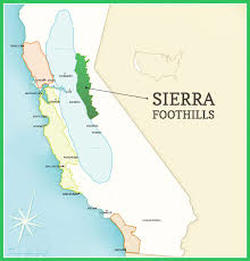 To celebrate the arrival of warm weather yesterday, I opened my last bottle of The Withers Winery 2013 Rosé from the Sierra Foothills of CA. Once the epicenter for the California Gold Rush, this high elevation and cool climate area now produces a variety of refined and beautifully balanced wines. The Withers 2013 Rosé is a blend of 56% Mourverdre and 44% Grenache. The color is vivid salmon bordering on orange with aromas of strawberry, raspberry and floral. The palate offers gentle citrus notes with lush red berry flavors and hints of minerality. A touch of lemon zest lingers on the finish. As I’ve opened each bottle of this vintage over the last year or three, I’ve taken a moment to write a quick post to share my thoughts. This is an expressive rosé that has never disappointed and I’m looking forward to trying Wither’s other rosé vintages soon! Alcohol: 13.4% SRP: $25 Andrew Tow is the founder and owner of The Withers Winery. To learn more, please visit: http://thewitherswinery.com I hope you are enjoying some good weather, wherever you may be!
Cheers! Penina To leave a comment or if you have an inquiry, please contact me at [email protected] October is Breast Cancer Awareness month. However, we should be “aware” all twelve months of the year! I am reposting a story that I wrote last year at this time with a few minor updates. We need to put an end to a disease that affects hundreds of thousands of families across the U.S. each year, including mine. My love for sparkling wine and passion for supporting Breast Cancer Awareness has me singing the praises of “Pink Cork for the Cause”. Mionetto USA is running this program for the third year in a row. Having donated a total of $70,000 last year to charities committed to fighting breast cancer and supporting survivors and their families, Mionetto USA launched “Pink Cork for the Cause” on September 1st. By purchasing Mionetto Prosecco Brut DOC or Mionetto Gran Rosé, you have a chance to win a pink 5-speed hand mixer if you find a pink cork in any of these promotional bottles. All winners will be automatically entered into a Grand Prize Drawing for the chance to win a $10,000 charitable donation by Mionetto USA made to the breast cancer charity of the winner’s choice. There will be a total of four grand prize winners across the US. Enore Ceola, managing director and CEO of Mionetto USA, said “Now in its third year, ‘Pink Cork for the Cause’ represents our long-term commitment to the fight against this disease and to giving back to our family of loyal customers, many of whom are among those affected”. Francesco Mionetto founded Mionetto winery in 1887. It is located in the village of Valdobbiadene, just north of Venice. The winery has been one of Italy’s foremost producers of Prosecco wines for more than 125 years. Francesco’s brothers joined him in the business, building and establishing the winery’s presence. However, all three brothers were called to serve in WW1, leaving the winery unattended and unfortunately it sustained heavy damage. Francesco’s grandsons, Giovanni and Sergio Mionetto, after taking over the winery in 1961, began rebuilding it. Today, Alessio Del Savio is master vintner who studied as Sergio Mionetto’s protégé for more than 15 years. Alessio continues the winemaking tradition of producing high quality sparkling wine. The Prosecco Brut DOC Treviso is made with Glera grapes and has a pale straw color. The nose is filled with aromas of pear, honey crisp apples and apricot. It is light and crisp on the palate with a dry and pleasingly fruity taste and hints of pear and lemon on the finish. Alcohol: 11% The Mionetto Gran Rosé is made with a blend of grape varieties selected from Veneto and Trentino region. The color is a combination of bright salmon and peach. A pleasing bouquet of fresh fruit, raspberry and pink grapefruit are prominent. The palate offers strawberry, raspberry and hints of succulent peach. Well-balanced acidity with a dry and enjoyable finish. Alcohol: 11.5% In addition to the “Pink Cork for the Cause” program, another incentive to purchase these sparkling wines is that they pair well with light appetizers, fish and desserts. They also make a great aperitif. With a suggested retail price under $15 and the holidays approaching, these are great sparkling wines to have on hand.
Now go and find a pink cork before the program ends on October 31, 2017! Cheers! Penina Susana Balbo is the founder and owner of Susana Balbo Wines in Argentina. Susana is not only the most well-known Argentinian female winemaker globally, but she is also the first female enologist in Argentina! With over thirty years experience in the wine industry, Susana has built an impressive career and produces some outstanding wines. From an early age, Susana strayed from wanting a traditional “female” education by electing to study nuclear physics in Bariloche. However, her parents would not let her leave Mendoza to pursue this path. So, Susana made a decision to follow the family’s wine business and in 1981, she graduated from Don Bosco University with a degree in oenology, becoming the first female enologist in Argentina and challenging the male-dominated wine industry in Mendoza. Susana’s career began at Michel Torino winery in the Salta province where she made her first wine, which was the first vintage of Torrontés from Salta in 1983. She then continued on to work at many other well-regarded wineries and also worked as a consultant winemaker for national and worldwide wineries before “birthing” Susana Balbo Wines in 1999. Her first vintage was released in 2002. 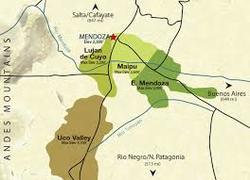 Susana Balbo Wines is located in Luján de Cuyo, Mendoza in western Argentina close to the Andes Mountains. Due to the close proximity of the Andes, the vineyards are subject to a hot, dry climate during the day and cool alpine winds in the evenings, thus allowing the grapes to develop and ripen slowly while reaching full tannic ripeness and maintaining their acidity. In addition to Susana’s two children, José, winemaker and Ana, Marketing Manager who joined the team in 2011 and 2012, esteemed winemaker and viticulturist, Edy del Popolo is also on board. With state of the art technology and a nonstop commitment to seeking innovative ways to enhance her winemaking, Susana continues to produce fresh, light and elegant wines. In addition to being renowned throughout the world for her wine-making talents and single vineyard wines, Susana is also a global ambassador for Argentina. In 2014 she was elected to serve a third term as President of Wines of Argentina. Susana produces four brands of wine that include CRIOS, Susana Balbo, Nosotros and Benmarco. I recently received five bottles of CRIOS wines that include three reds, a white Torrontés and a Rosé of Malbec. CRIOS is “the cutting edge” brand by Susana Balbo and wines are priced at $15. Although this brand was created for the Millennials and Gen X generations, these wines will appeal to a broad range of age groups. CRIOS is harvested from specific areas of Mendoza and Salta. I’m going to start with my thoughts on the Torrontés and Rosé of Malbec. My next post will focus on the reds. The 2016 CRIOS Torrontés Argentina is 100% Torrontés. The grapes are hand-harvested from the Cafayate (Salta) and Uco Valley (Mendoza) regions. The color is pale yellow with green highlights. The nose offers floral notes, pear, citrus and hints of vanilla. The palate has a beautiful texture with pear, green apple and lemon zest on the finish. This wine is perfectly balanced, crisp and fresh. It is the #1 selling Torrontés in the US! Alcohol: 13% The 2017 CRIOS Rosé of Malbec is 100% Malbec. The grapes are hand-harvested from the Uco Valley region. The color is deep pink bordering on cherry. The nose offers lush berries, especially strawberry and a hint of caramel cream that segues onto the palate with a hint of spice. Sour cherry and candied apple bring home the finish. A nicely balanced, dry Rosé …wonderful! Alcohol: 12% I’m looking forward to opening the CRIOS reds and I’ll share my thoughts with you in my next post.
Until then… Cheers! Penina To leave a comment or if you have an inquiry, please contact me at [email protected]  It’s the start of the Fourth of July weekend celebrations, which will continue at least through the actual Fourth of July on Tuesday. There will be picnics, parties and fireworks galore! I will be kicking off the celebration with a bottle of Michel Chapoutier’s 2016 Les Vignes de Bila-Haut Pays d’Oc Rosé. If you have been following my stories, you might recall that I tasted and reviewed a 2015 Domaine de Bila-Haut “Les Vignes” Rouge and “Les Vignes” Blanc this past October. If not, let me give you a synopsis of Domaine Bila-Haut and winemaker, Michel Chapoutier. 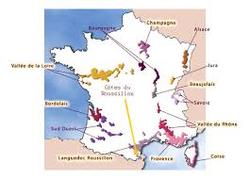 Domaine Bila-Haut is located in the region of Côtes de Roussillon, Languedoc, a wine region known for making top quality wines. It is in Southwest France, and very close to Spain. Michel Chapoutier is head of Maison M. Chapoutier. He is world-renowned and is one of Rhône’s most famous wine producers of Hermitage, Chateaneuf du Pape and Côte Rôtie to name just a few. He purchased the 190-acre Domaine Bila-Haut in 1999. It was a neglected property but showed promise with the land being a mix of schist, gneiss and clay. With Chapoutier’s knowledge, expertise and passion along with the climate of the Mediterranean, he turned the land into a perfect growing environment for Syrah, Grenache and Carignan. Bila-Haut wines reflect all of this. It is interesting to note that Bila-Haut was once a house of refuge for the Knights of Templar and their cross is used as the logo on Bila-Haut labels. Michel Chapoutier wanted to create a perfectly styled Rosé, so he changed the percentage of grape varieties (called cépage) in the wine to include Grenache and Syrah. The 2016 Les Vignes de Bila-Haut Pays d’Oc Rosé is a blend of 78% Grenache, 14% Cinsault and 8% Syrah. The color is a rich salmon with aromas of rose, peony and red berries with a whisper of orange. The palate is deliciously layered with juicy notes of strawberry, cherry and a hint of herbs. The finish offers lingering notes of citrus. This is a dry, refreshing, crisp wine that is beautifully balanced. Serve as an aperitif or with seafood, light pastas, cheese and fruit. Great value for the quality of this wine! Alcohol: 13% SRP: $15 I’ll be back next week! Have a wonderful holiday celebration! Happy Saturday!
Cheers! Penina To leave a comment or if you have an inquiry, please contact me at [email protected] |
Categories
All
|

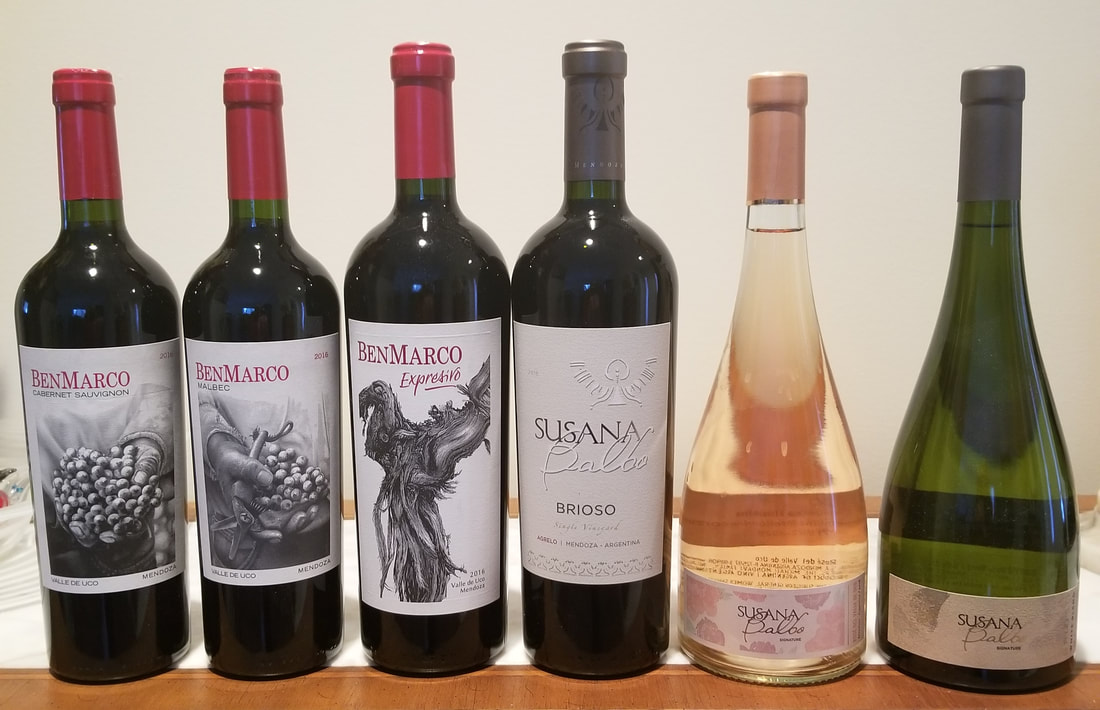
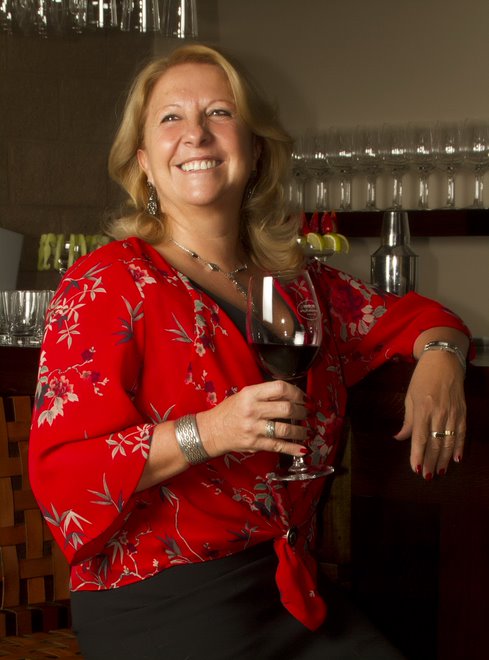
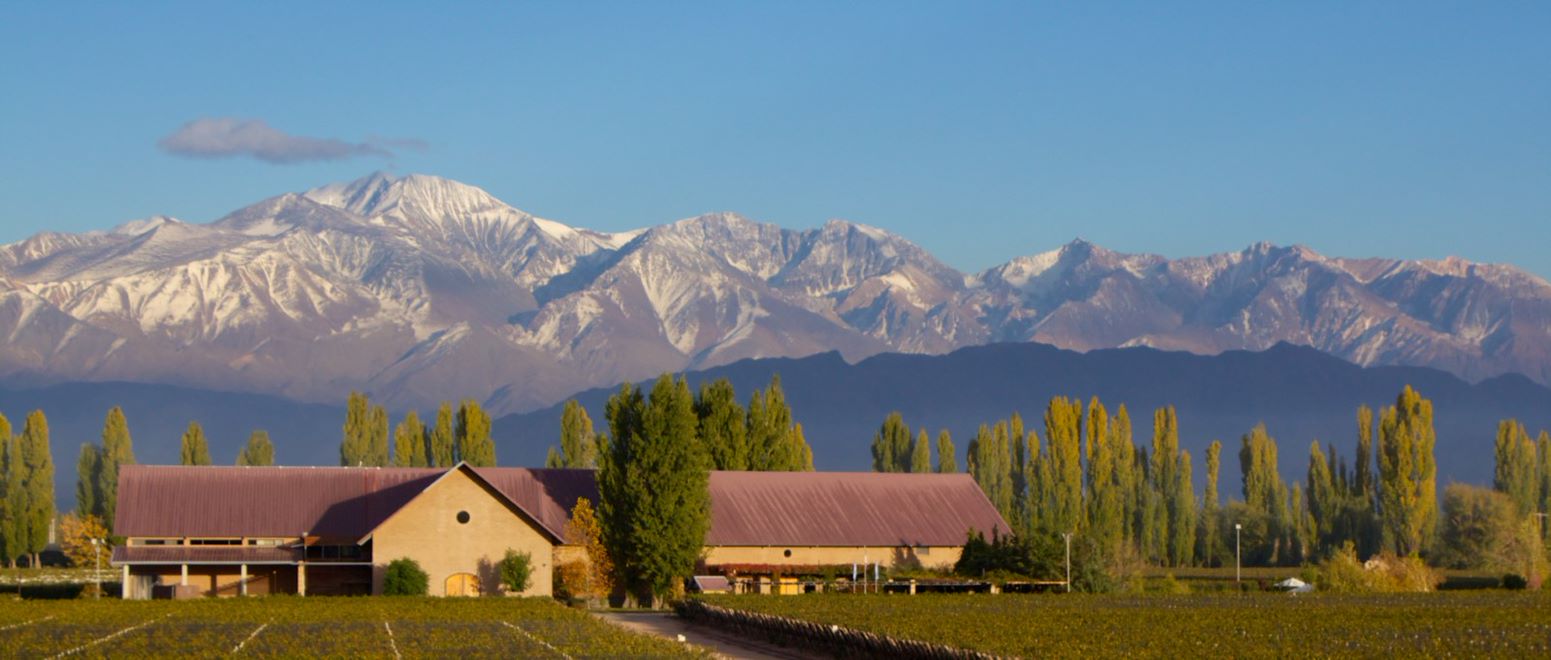
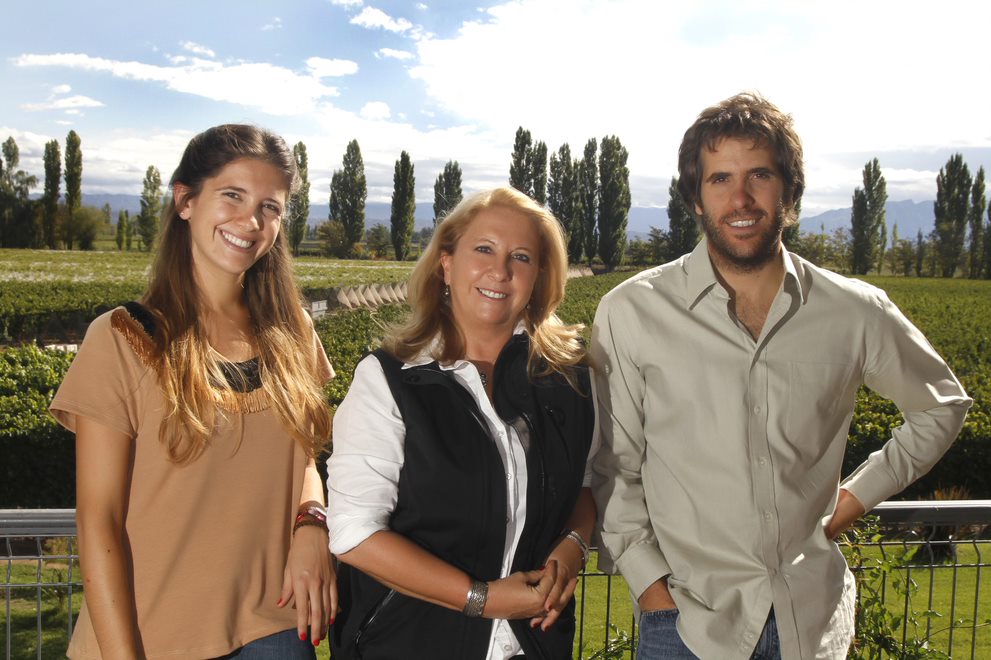
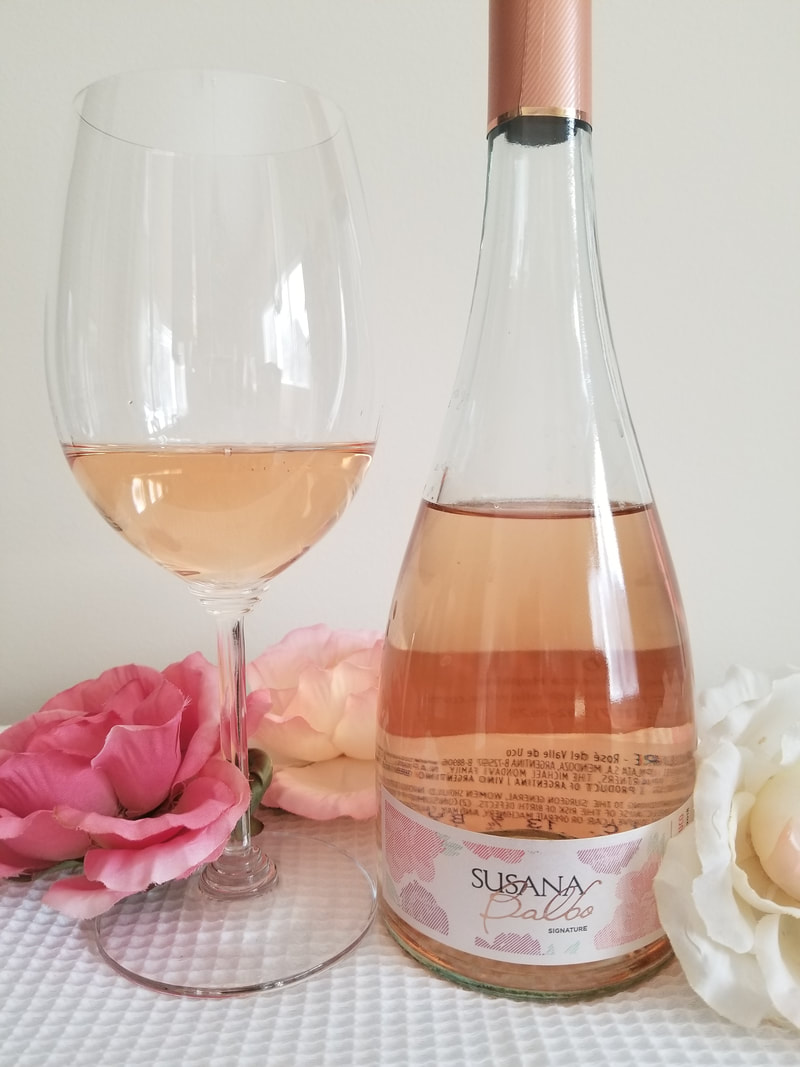
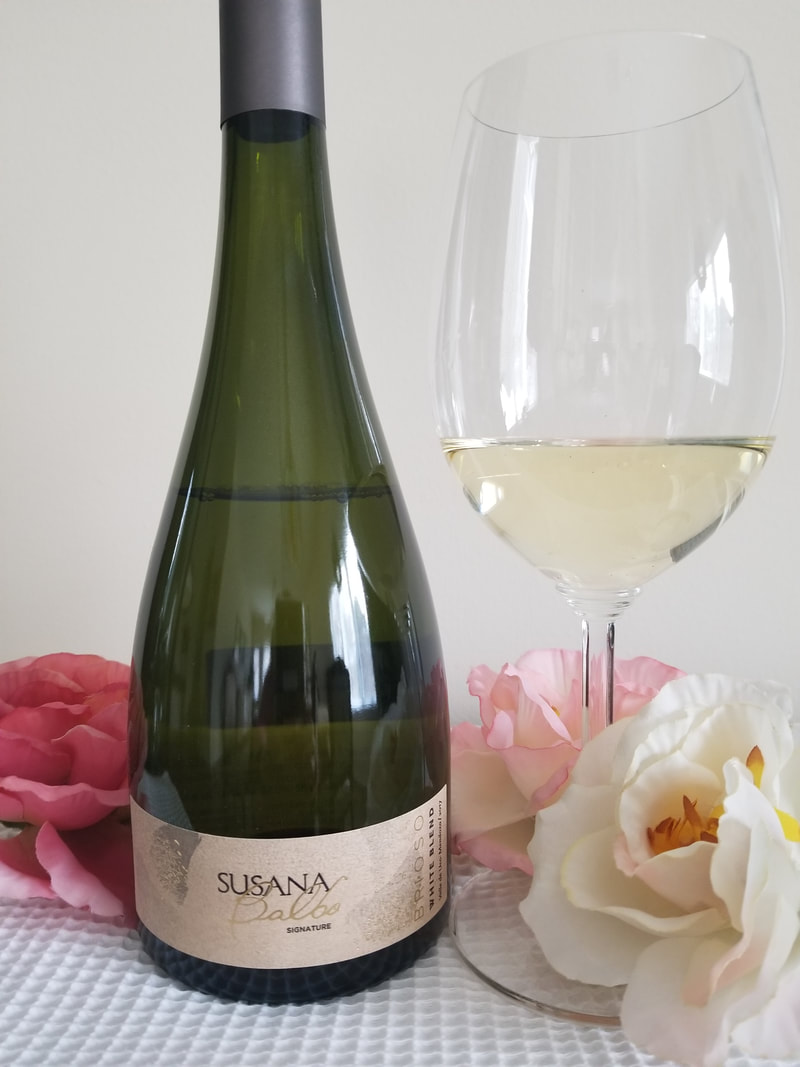
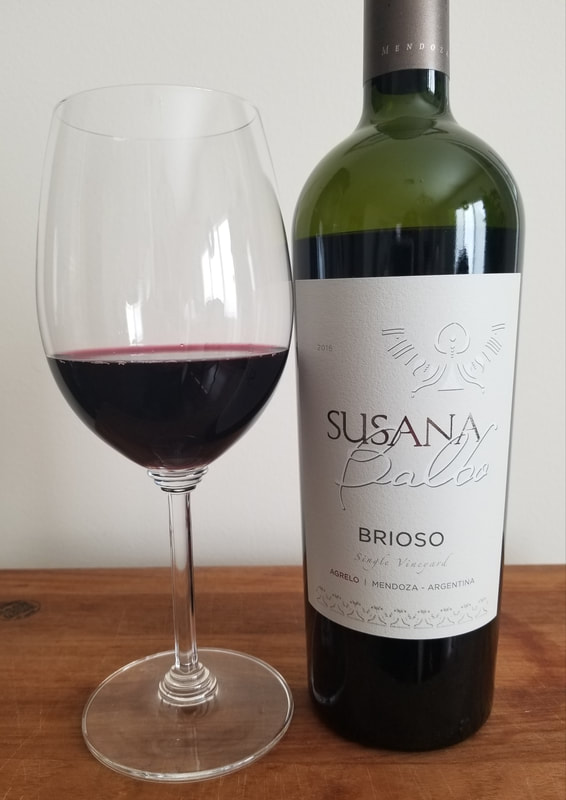
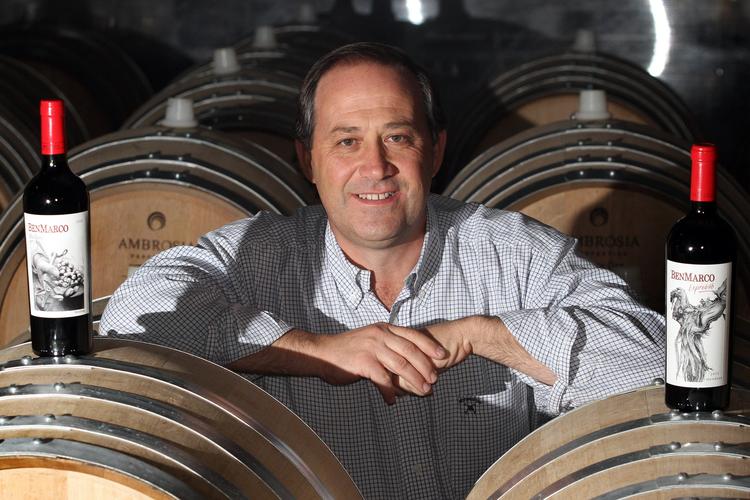
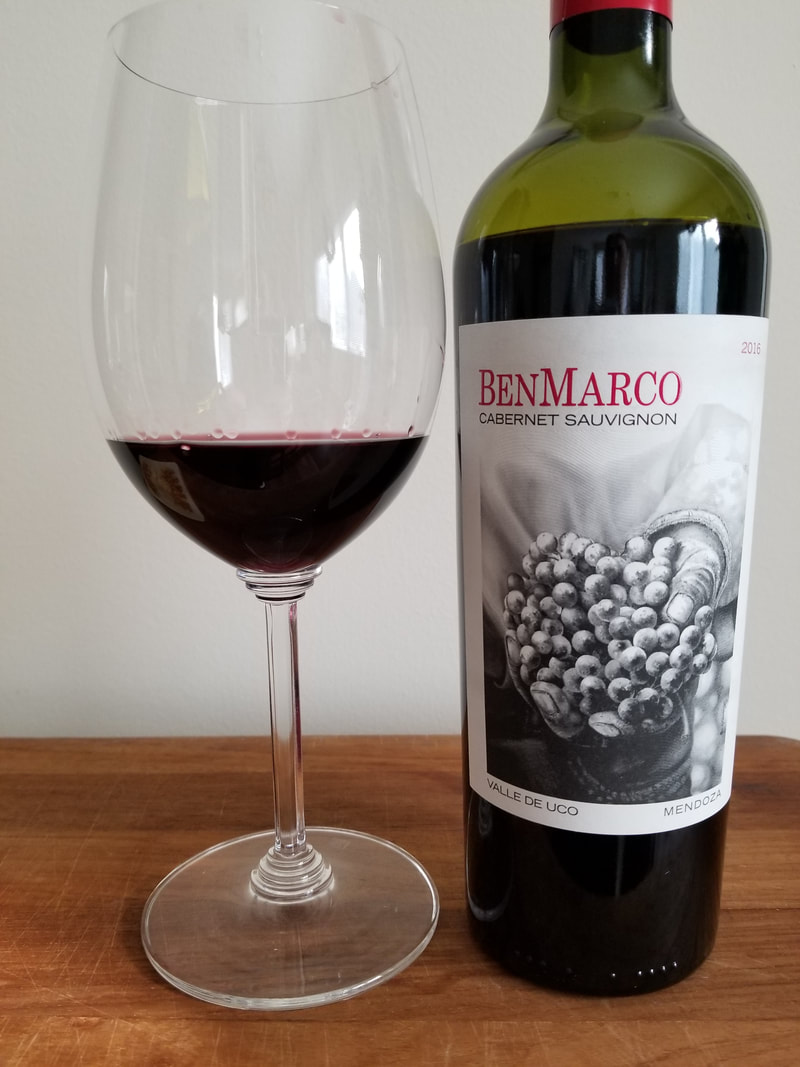
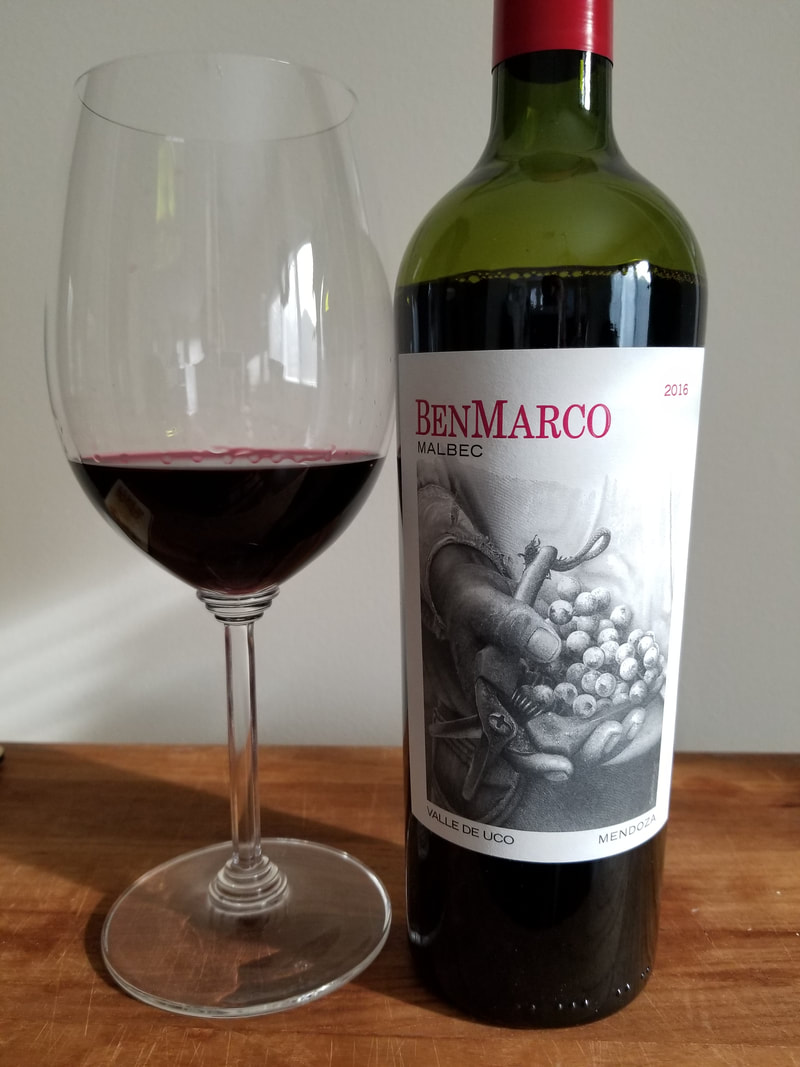
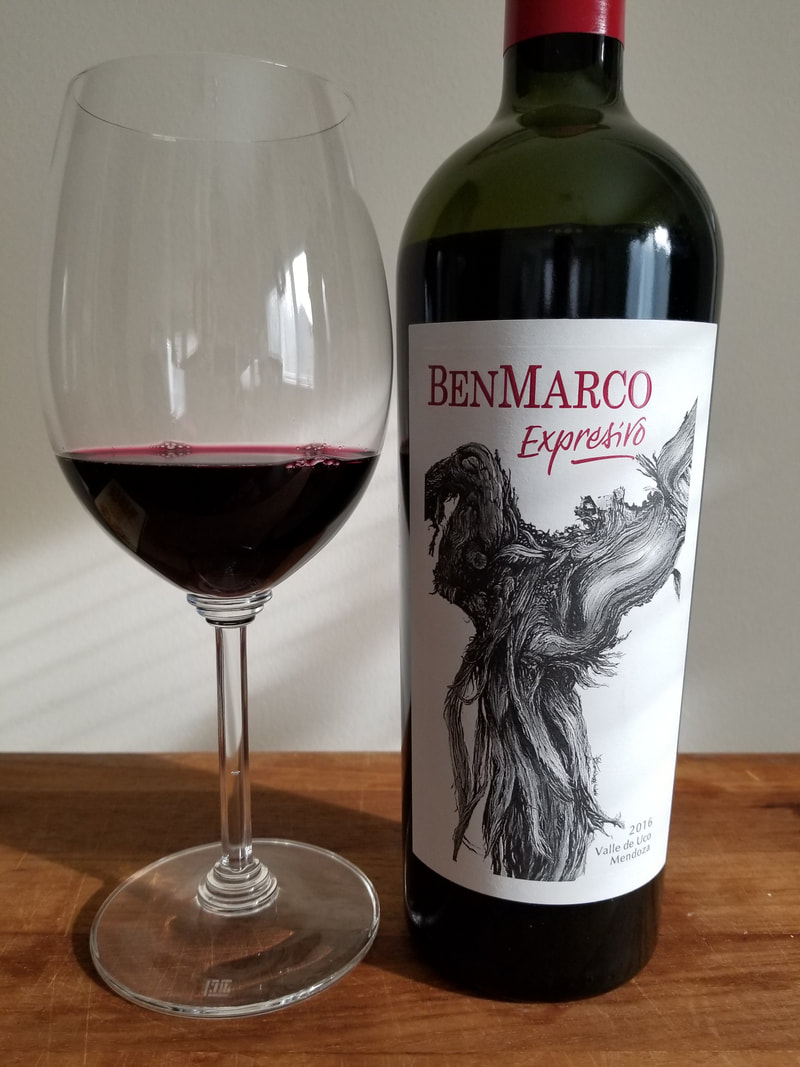
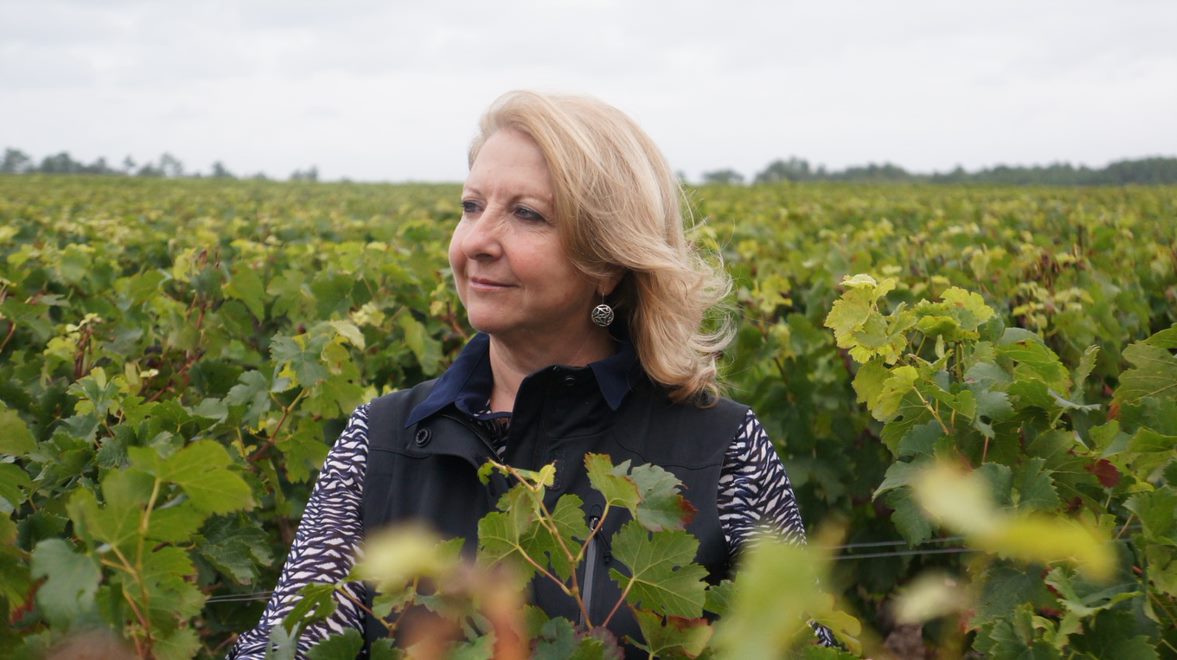
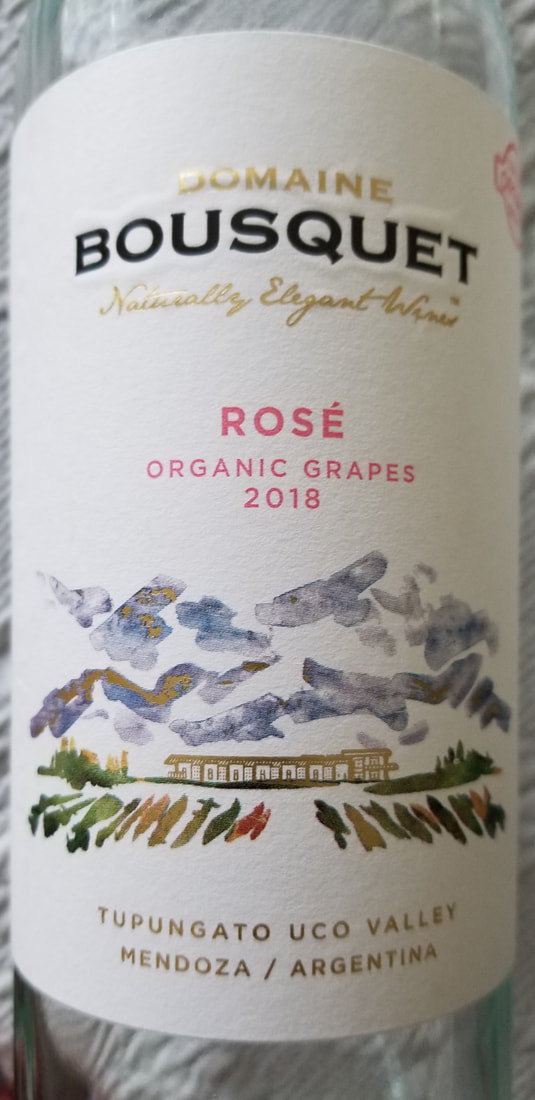
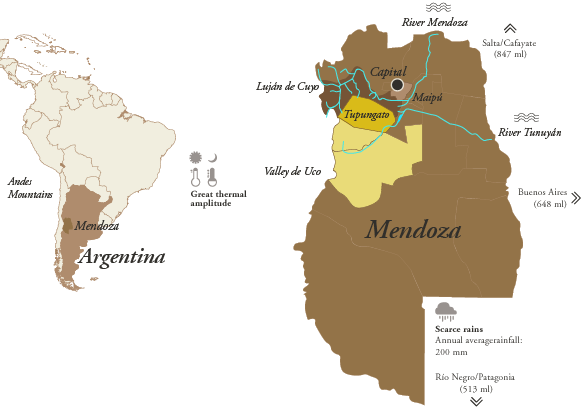
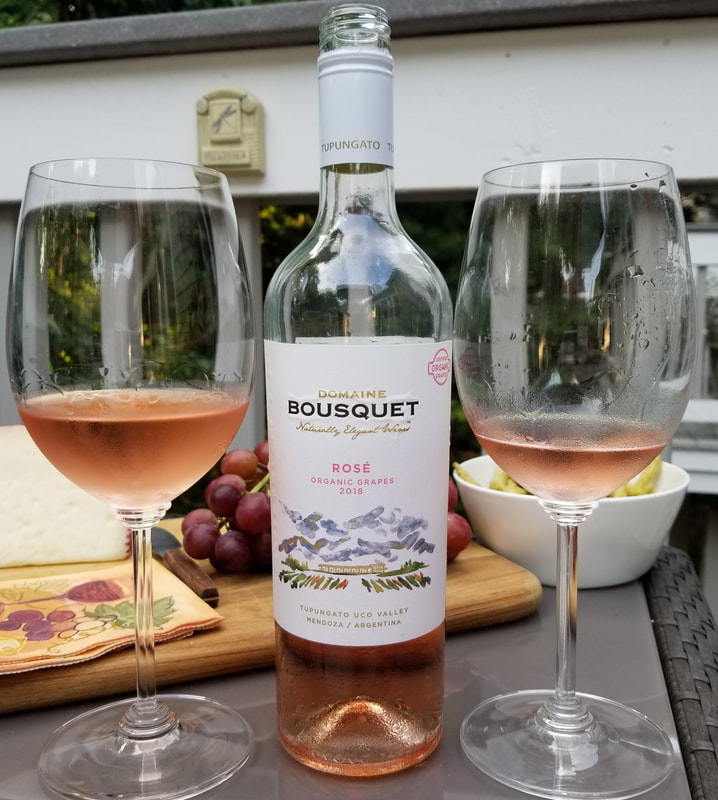
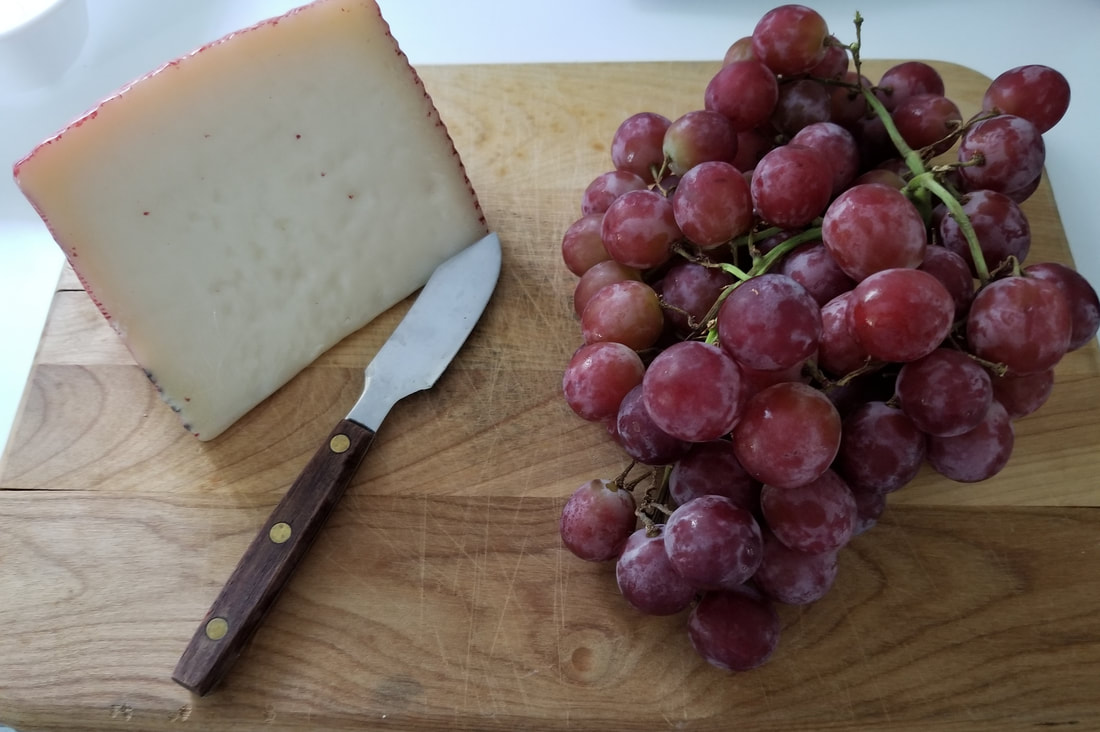
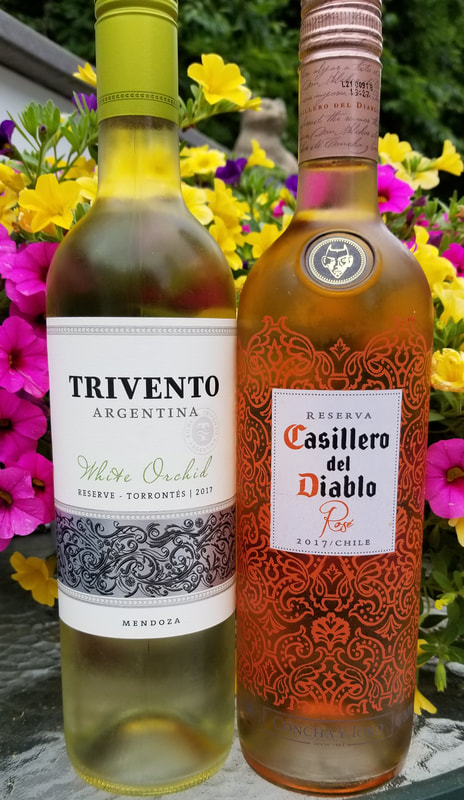
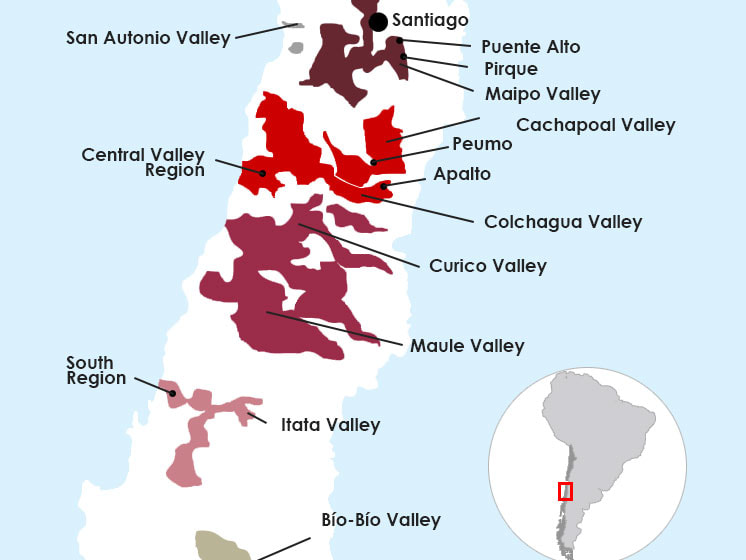
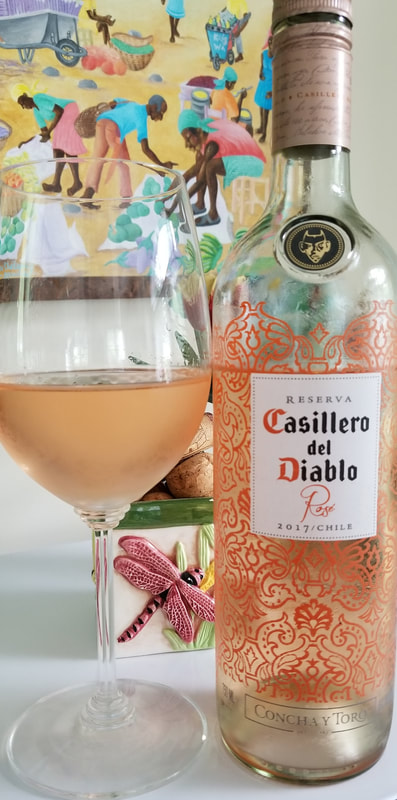
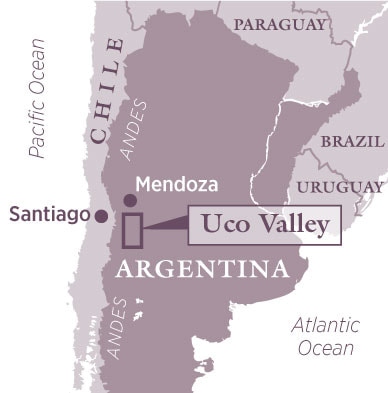
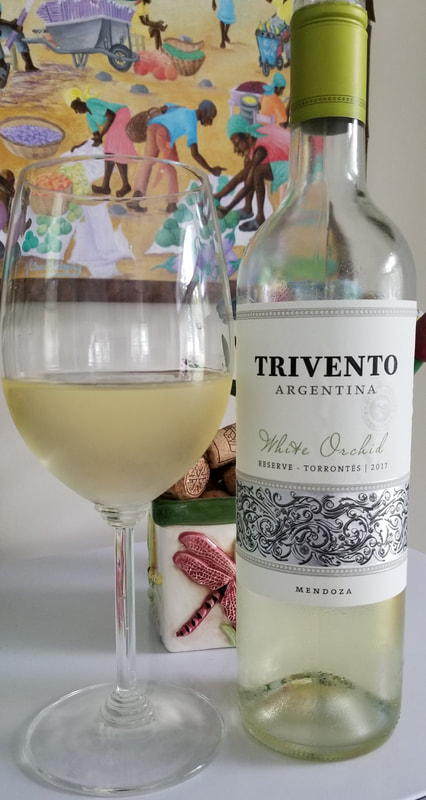
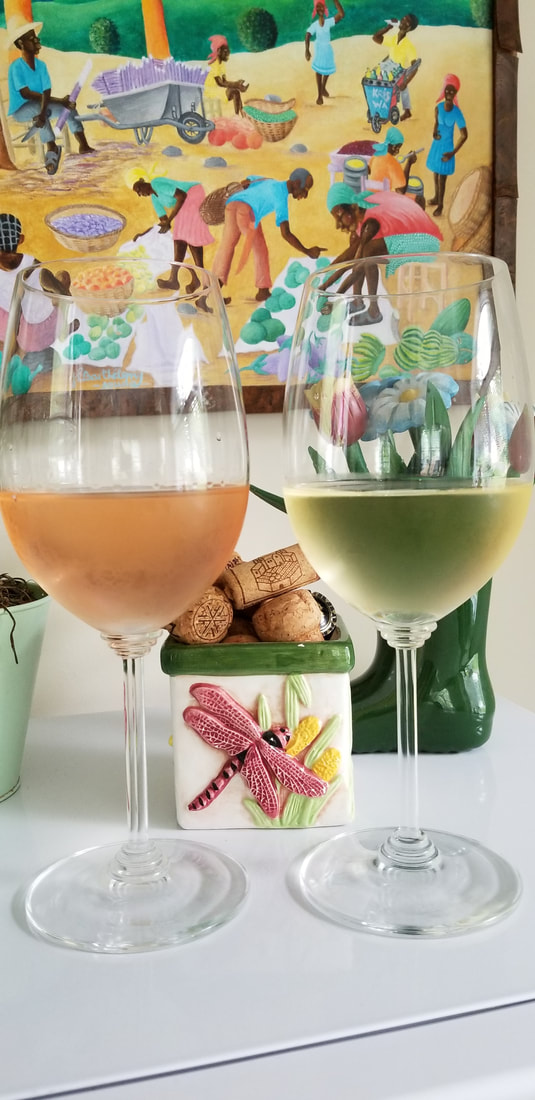
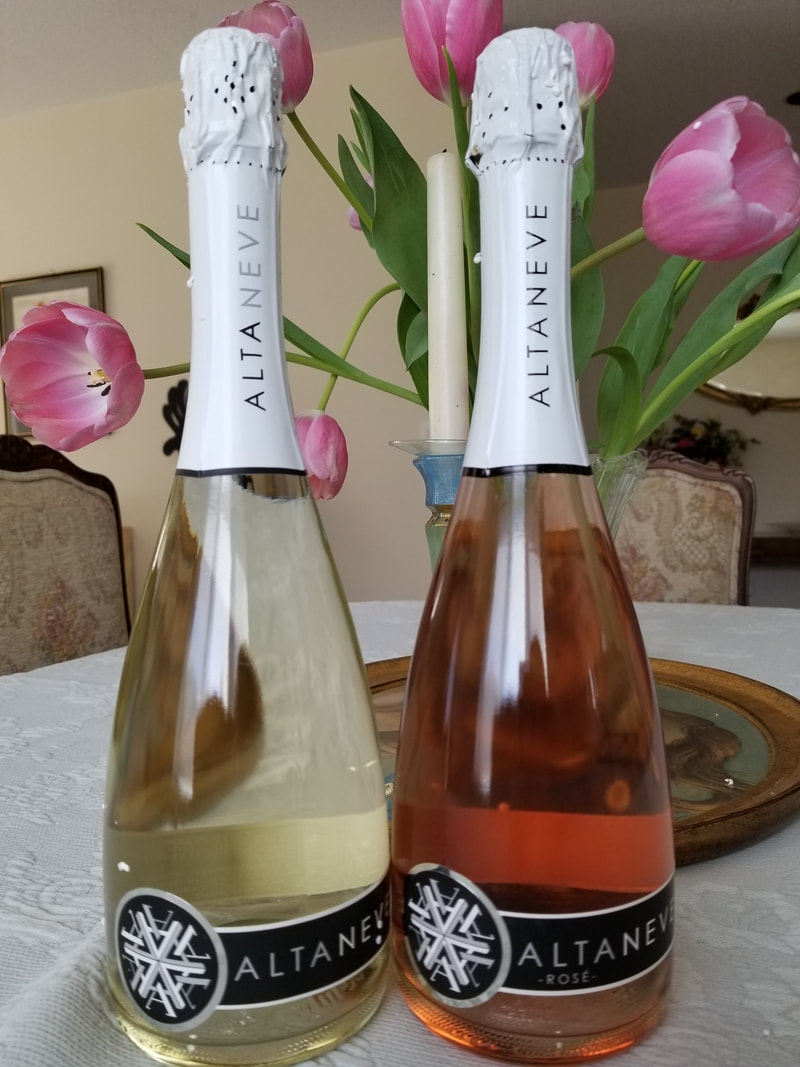
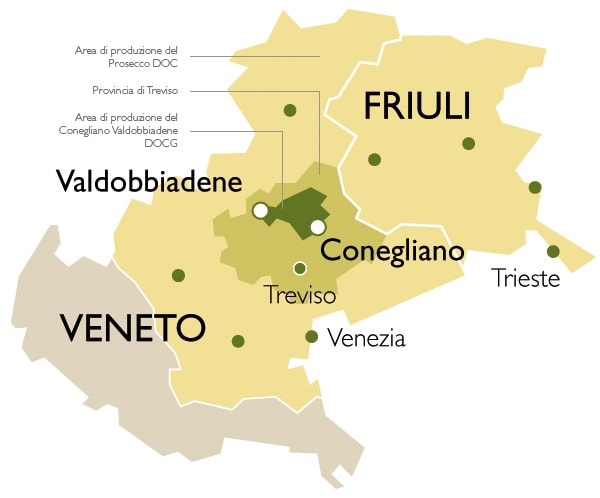
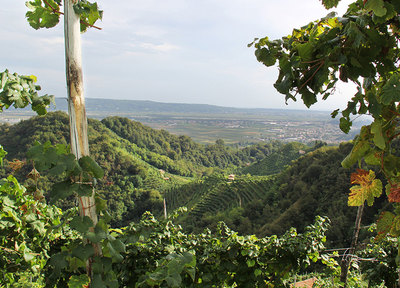

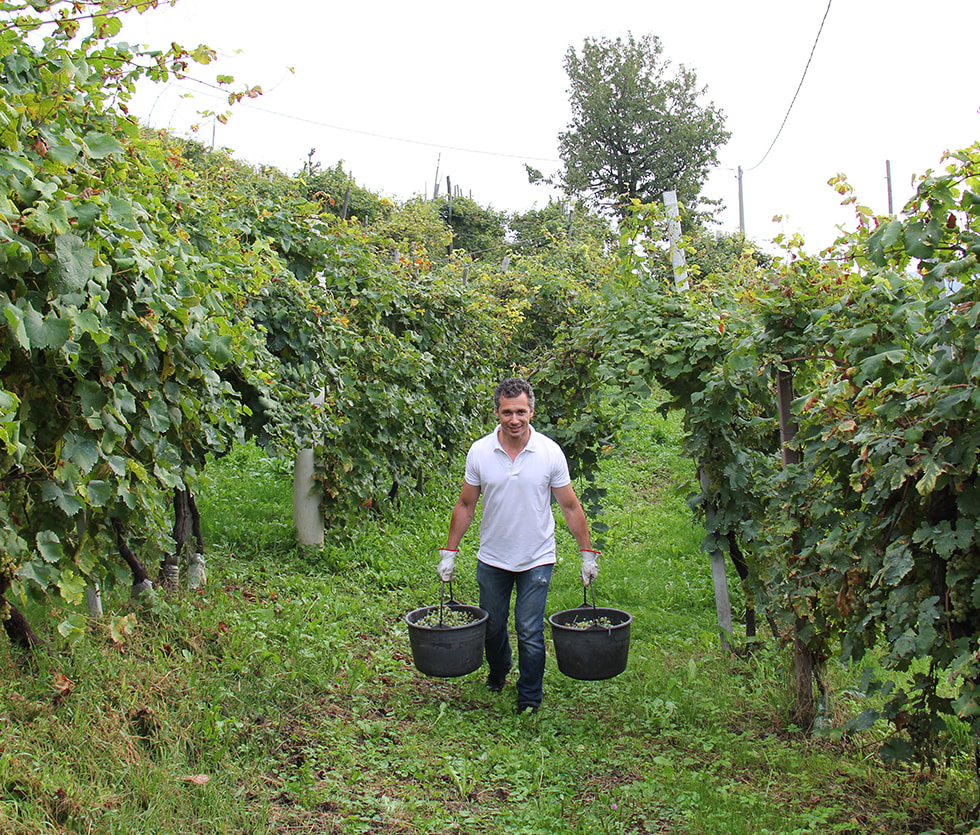
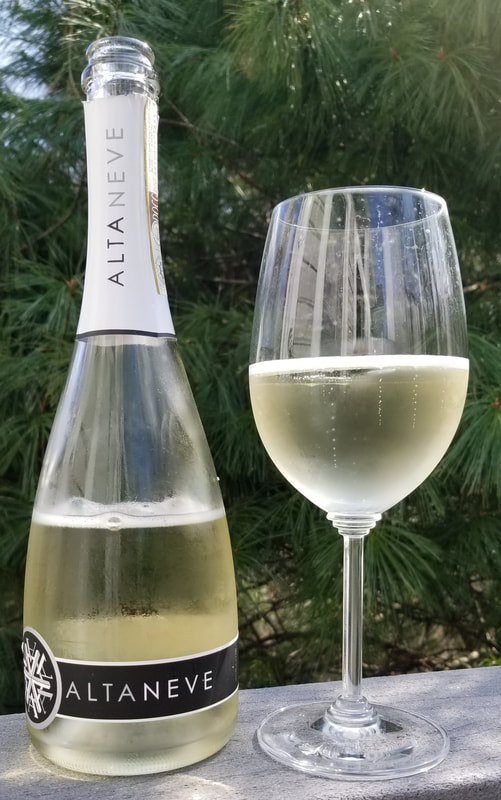
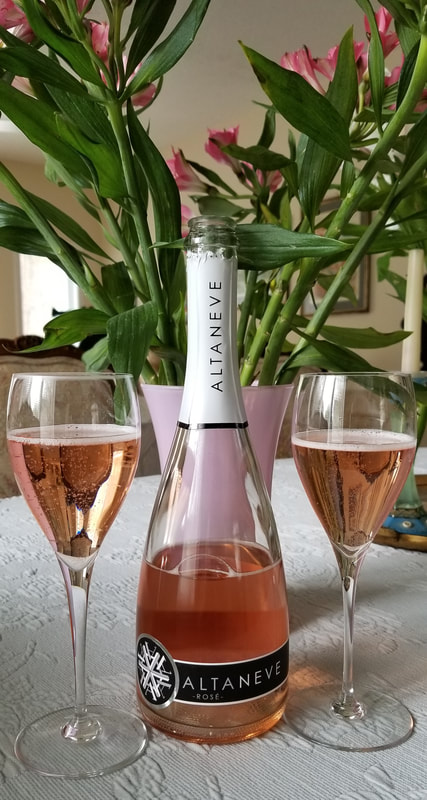
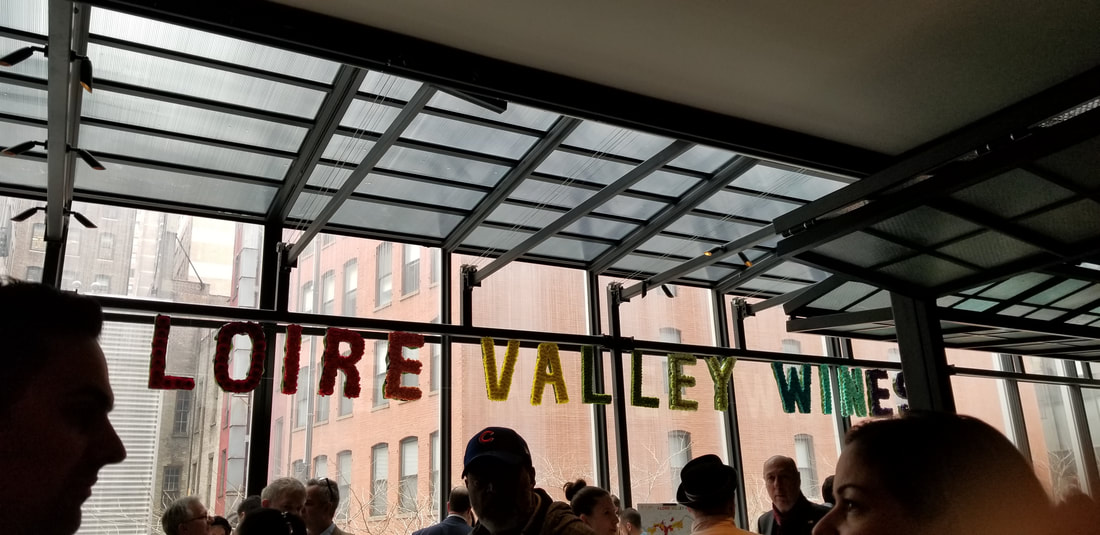
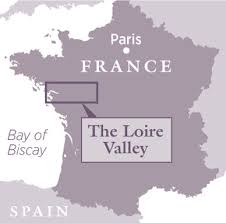
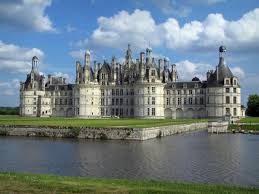
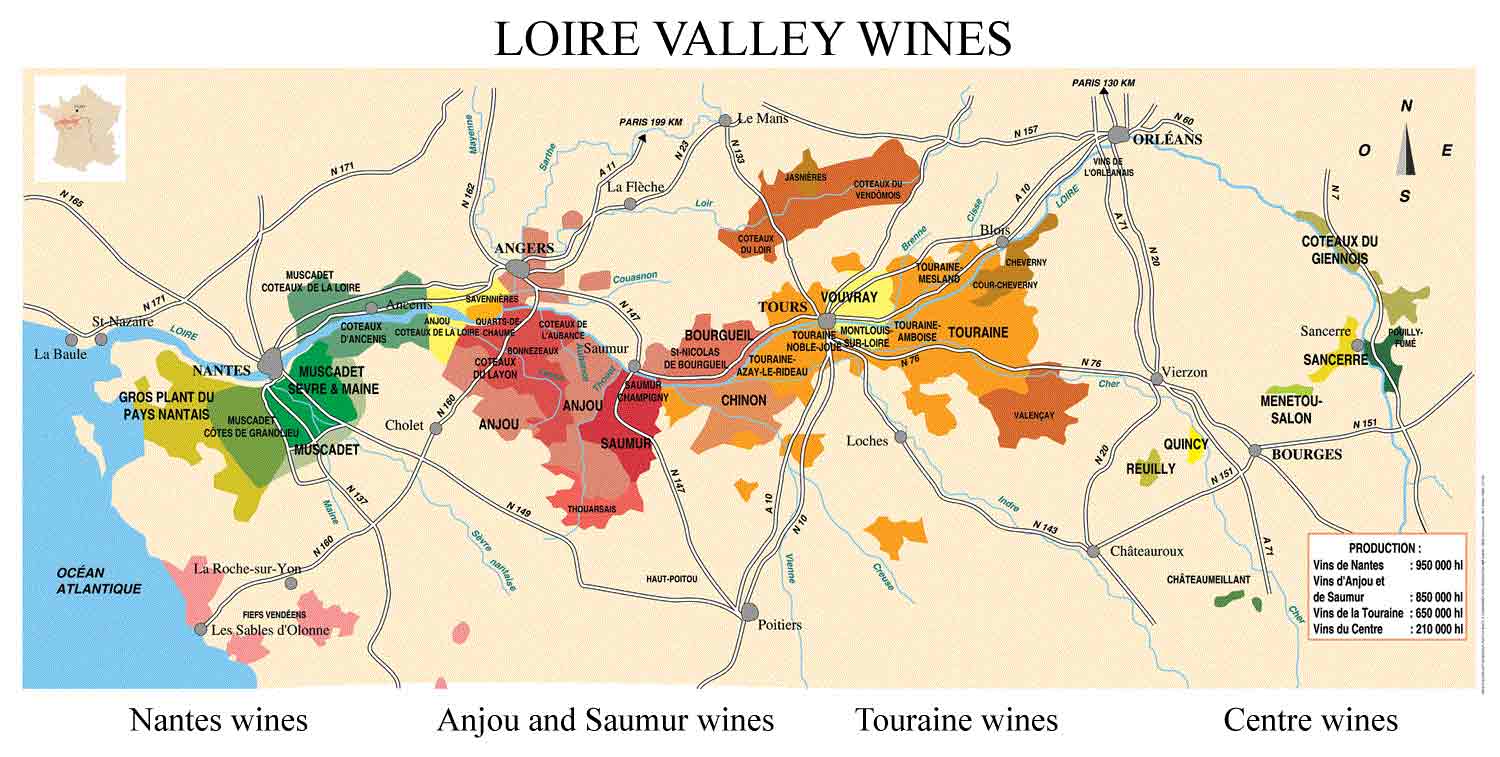
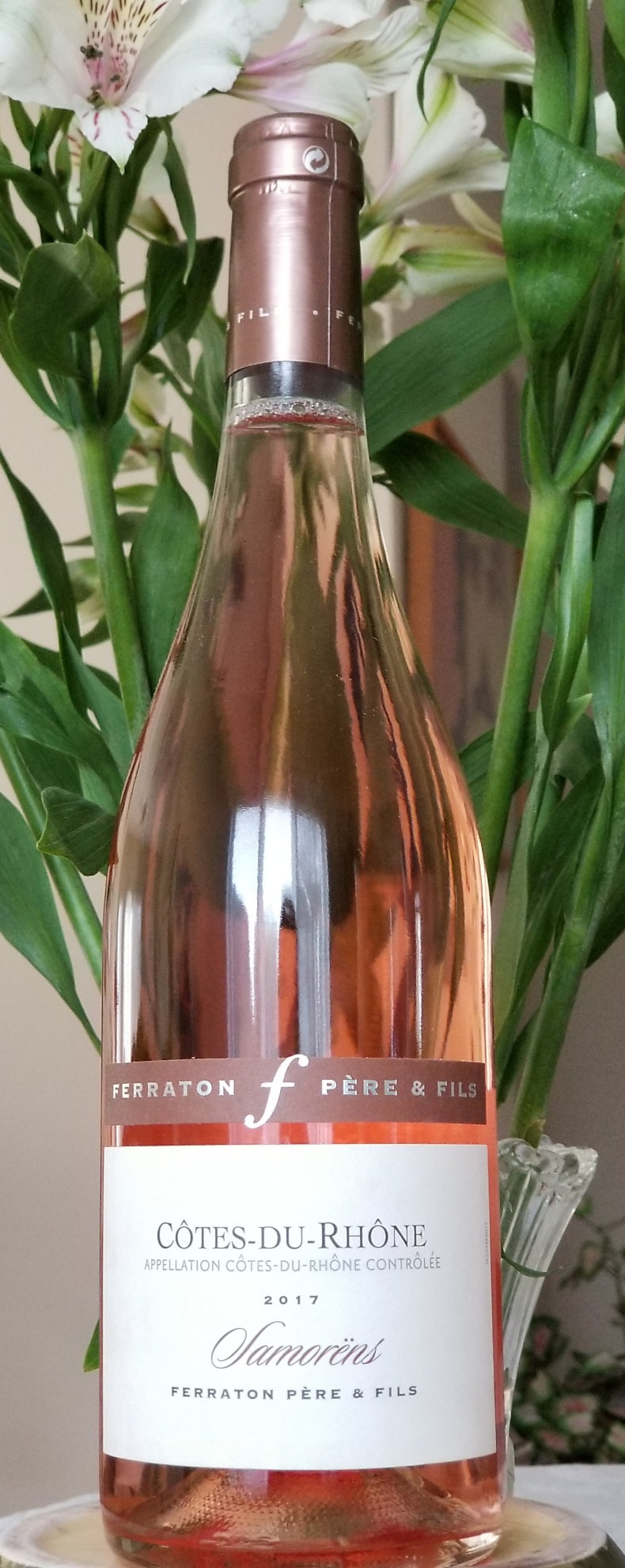
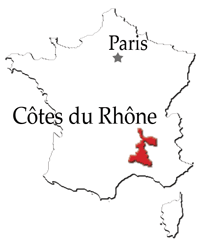
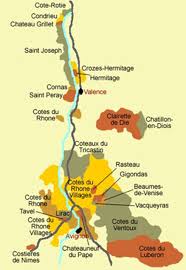
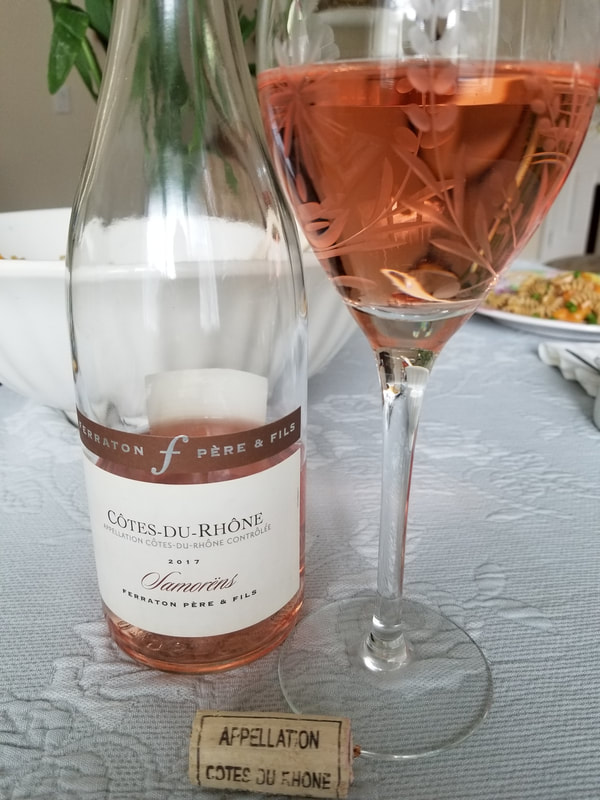
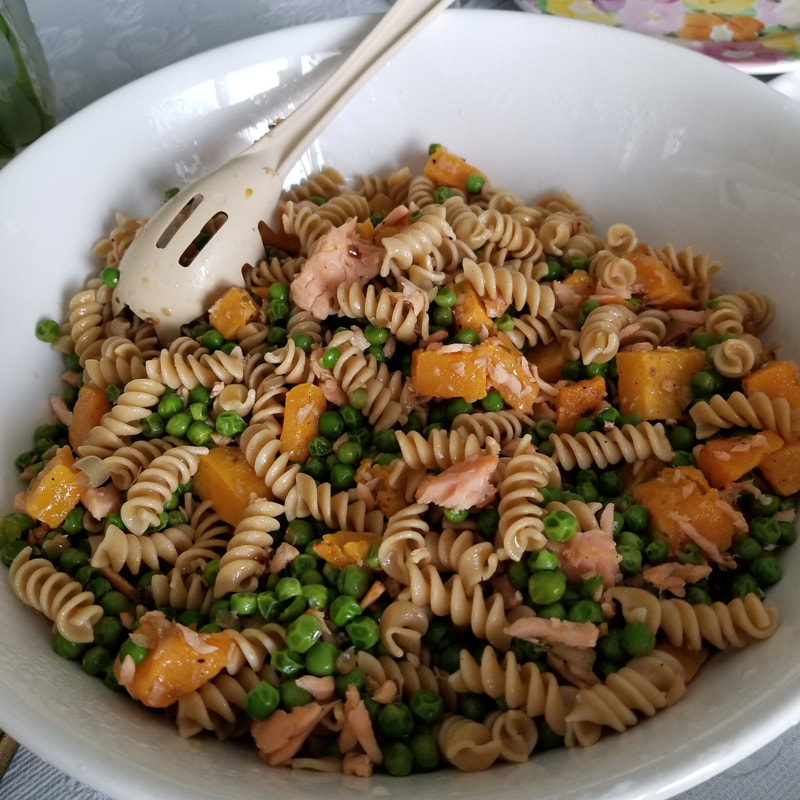
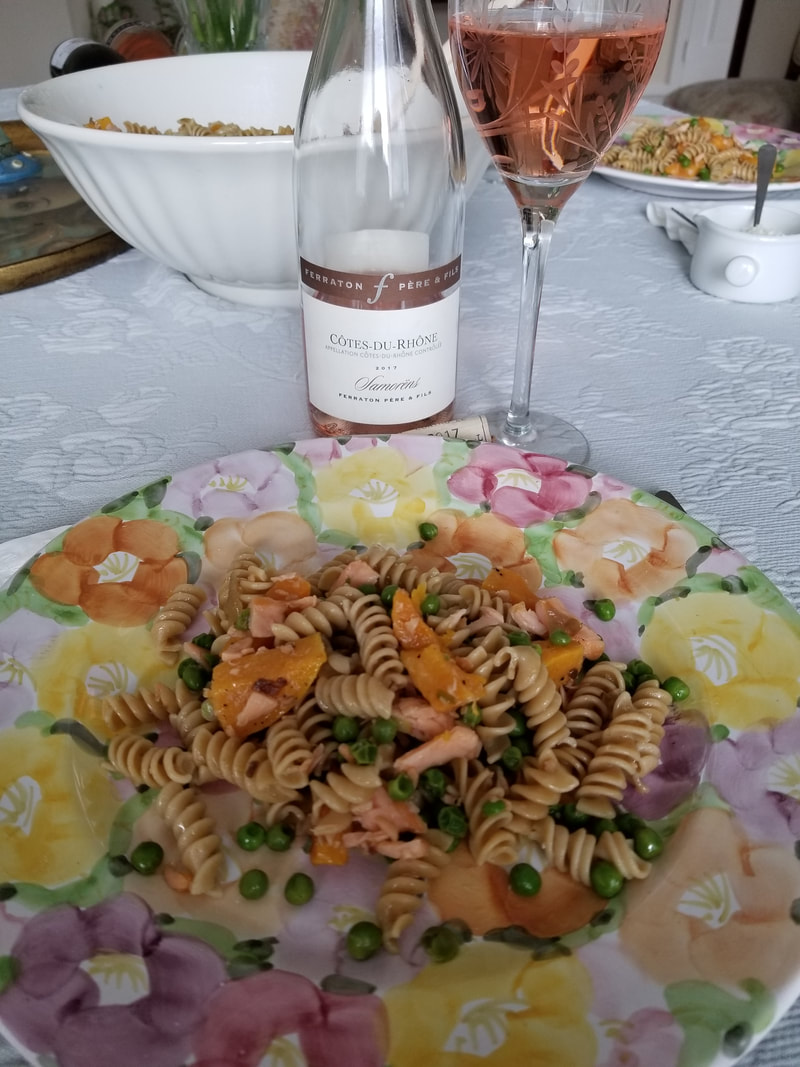
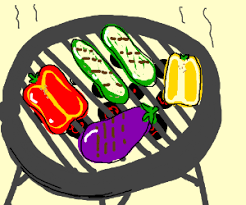
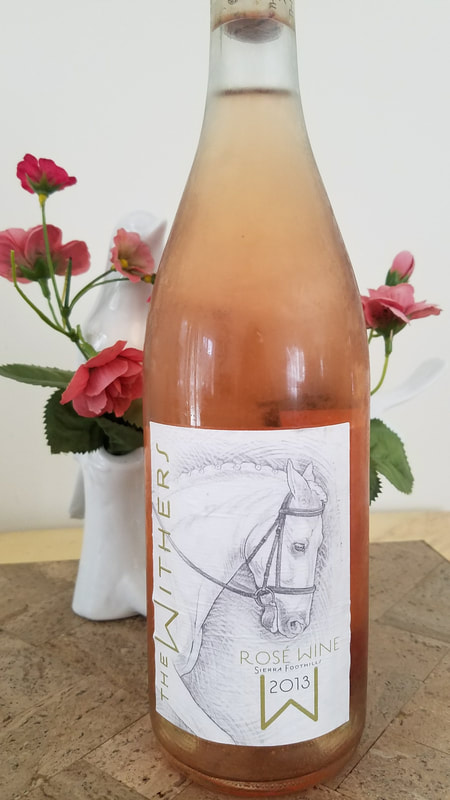
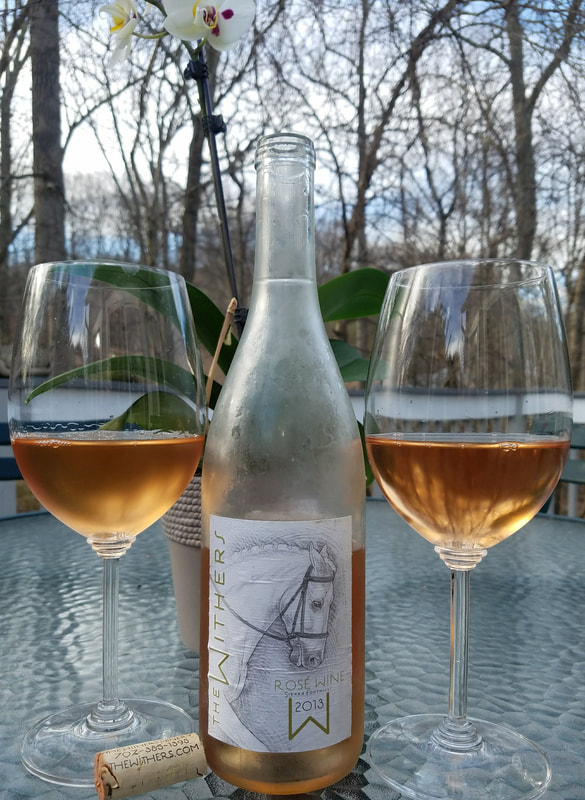
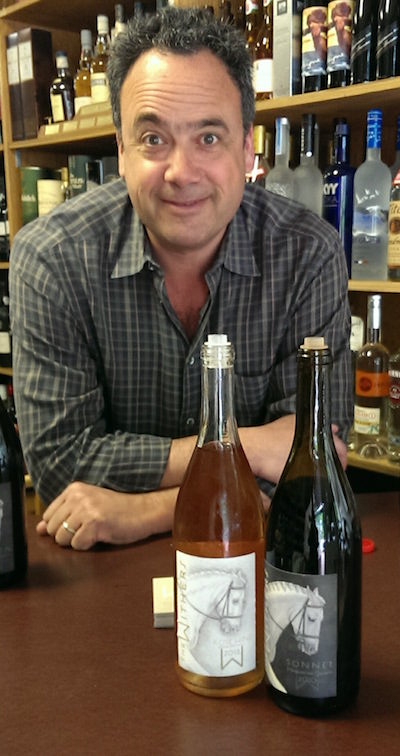
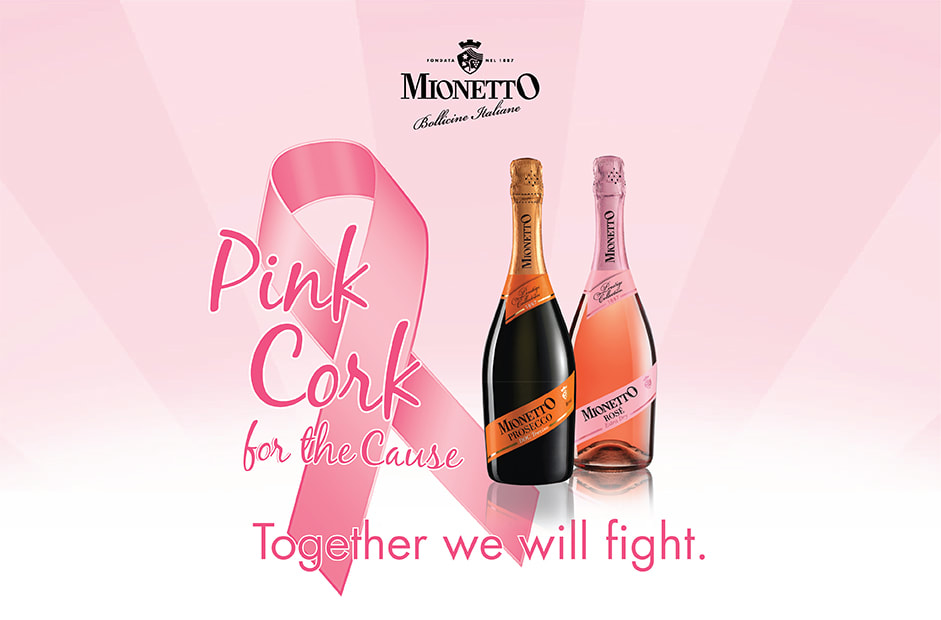
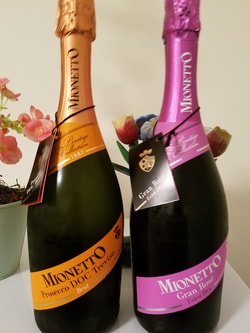
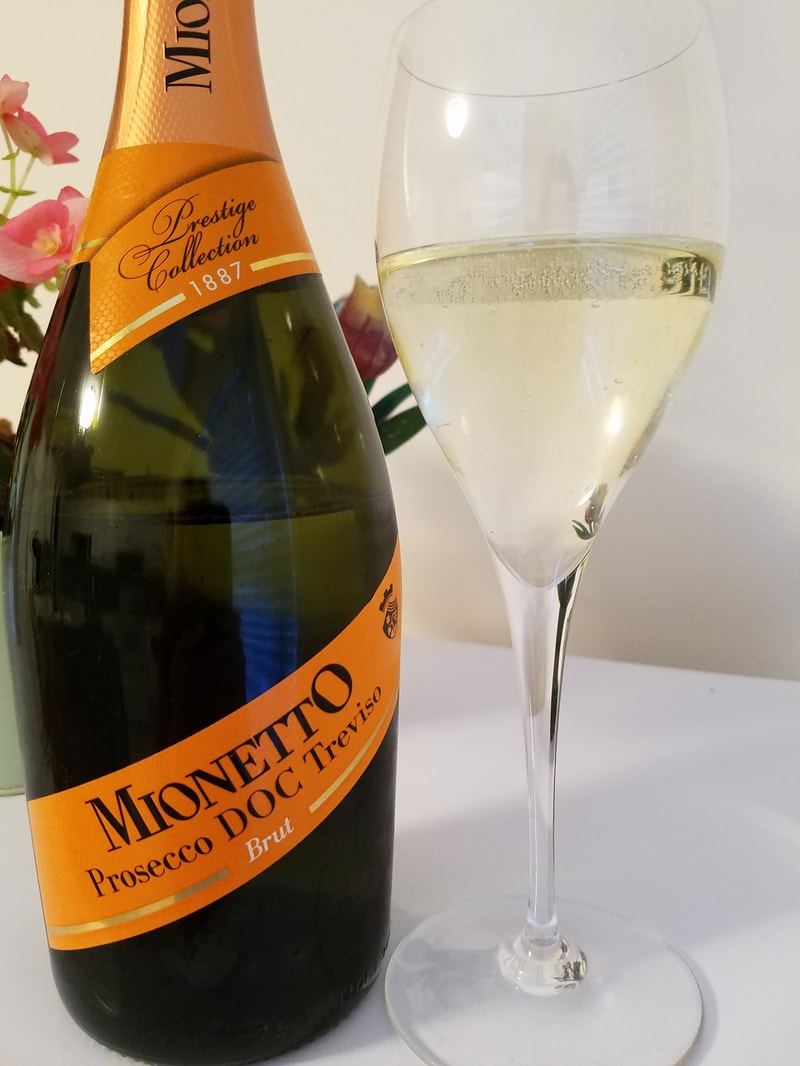
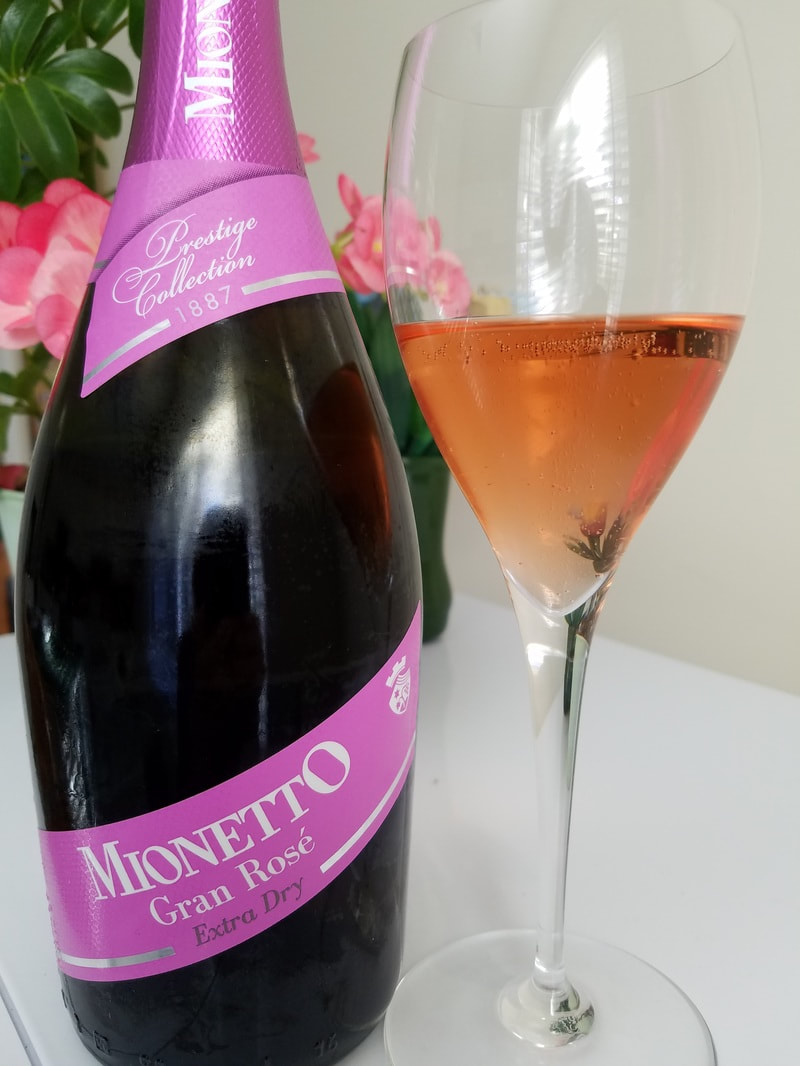
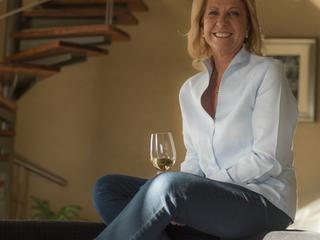
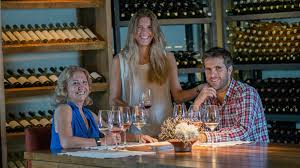
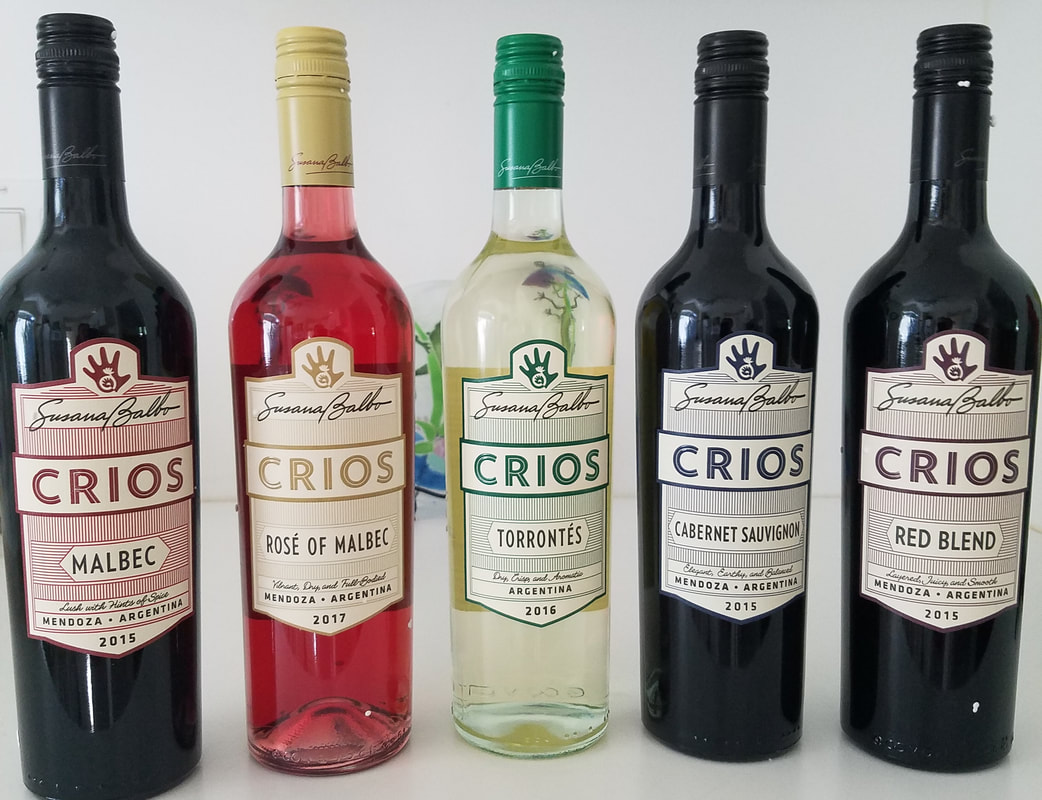
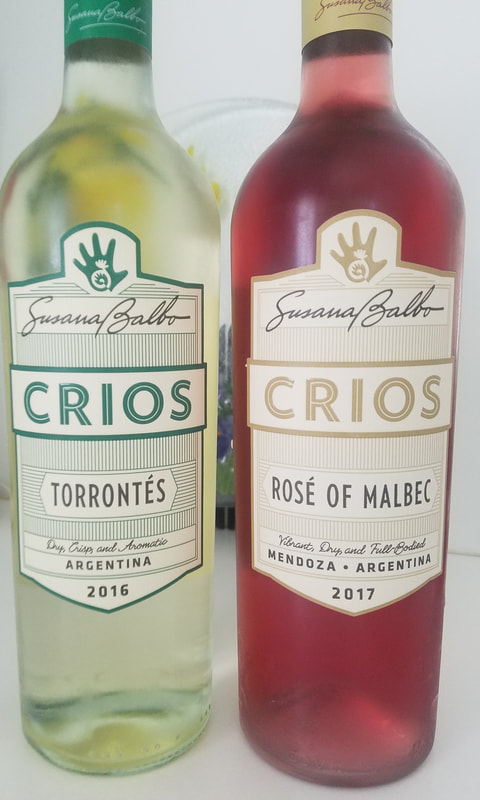
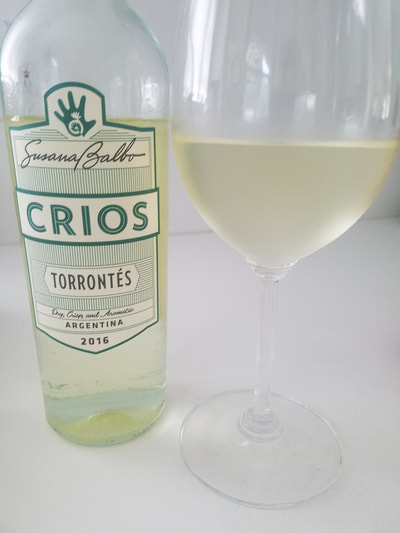
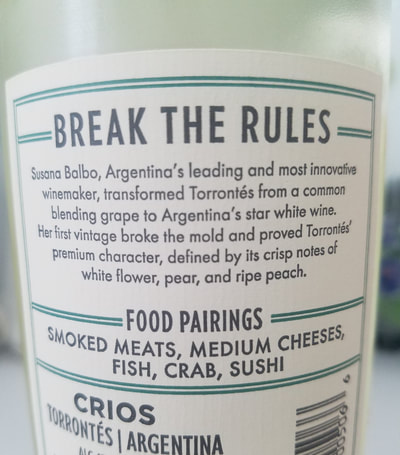
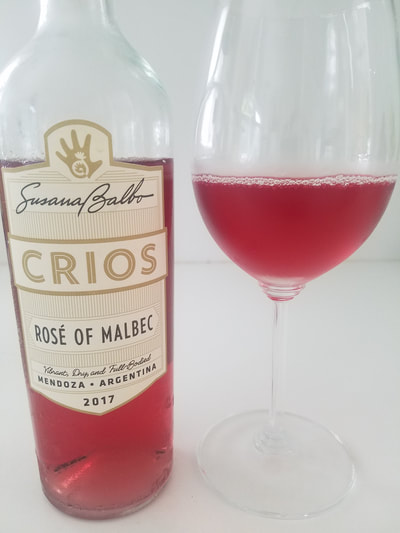
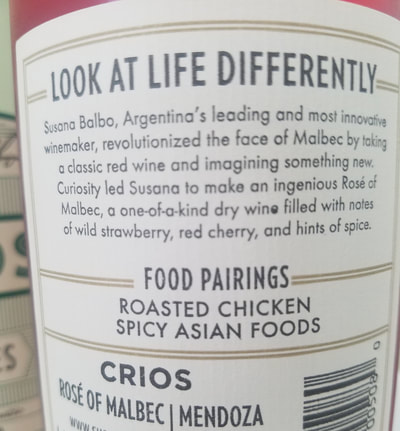
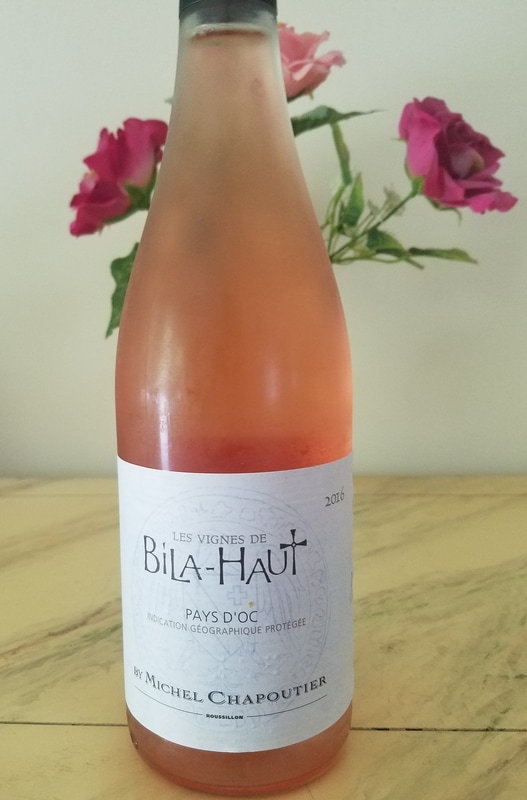
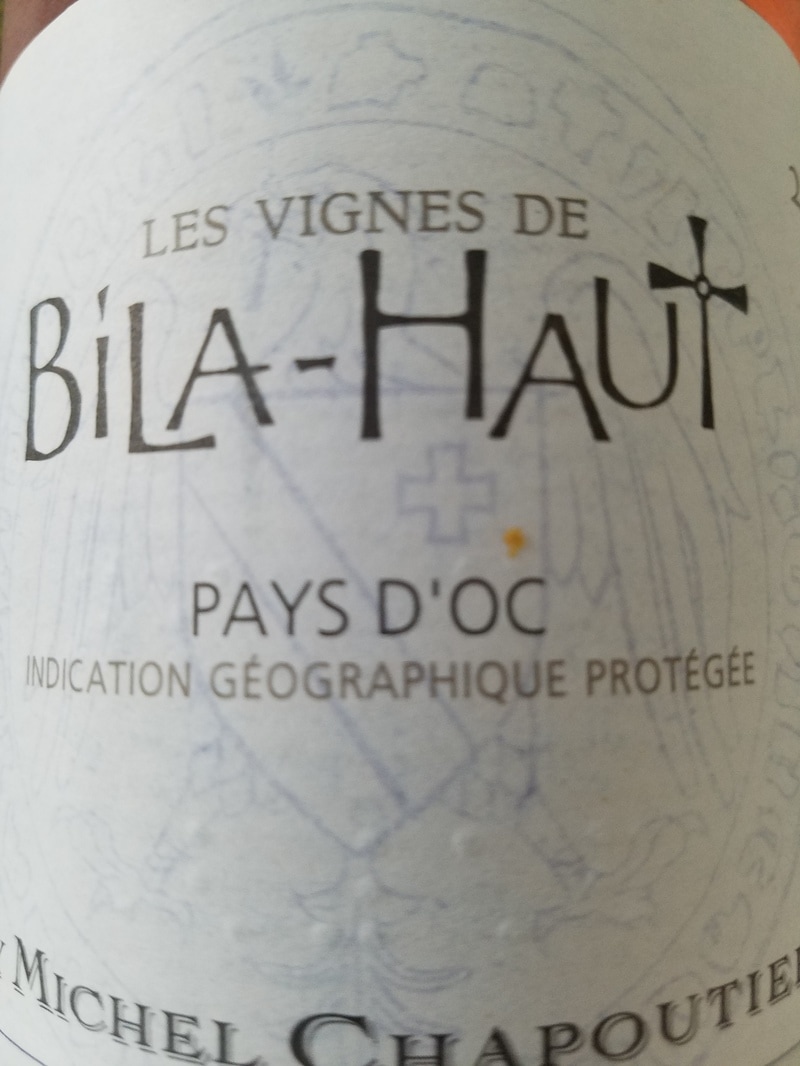
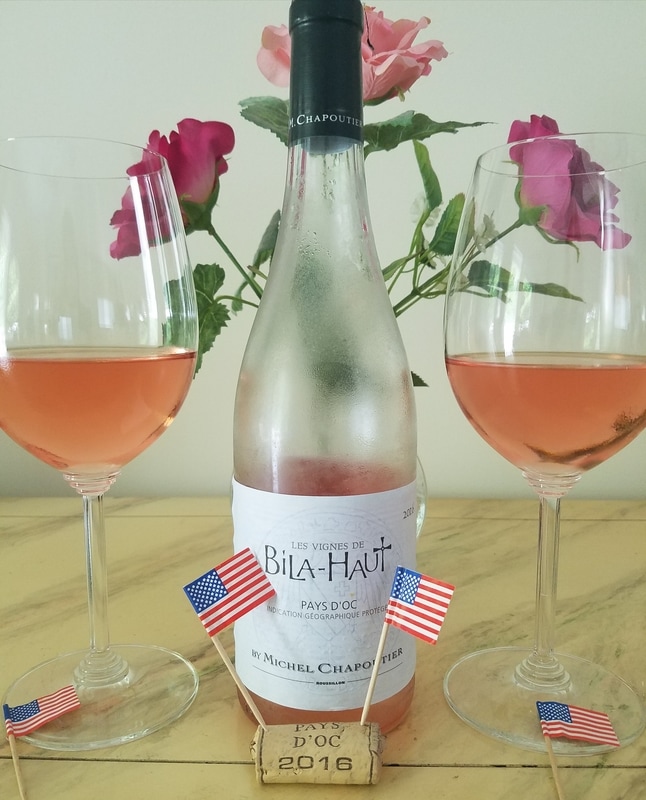

 RSS Feed
RSS Feed